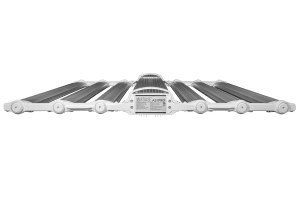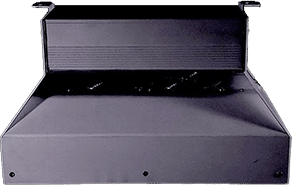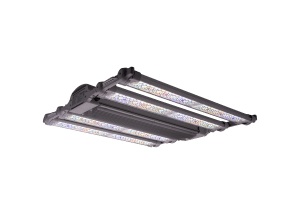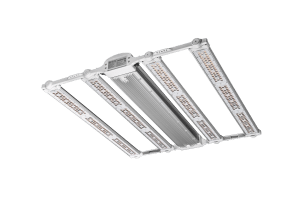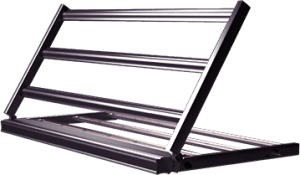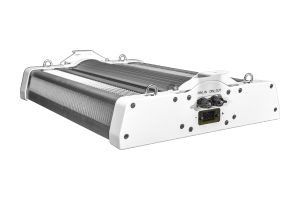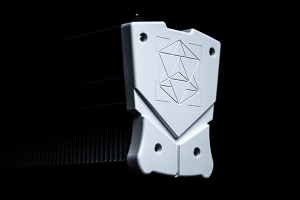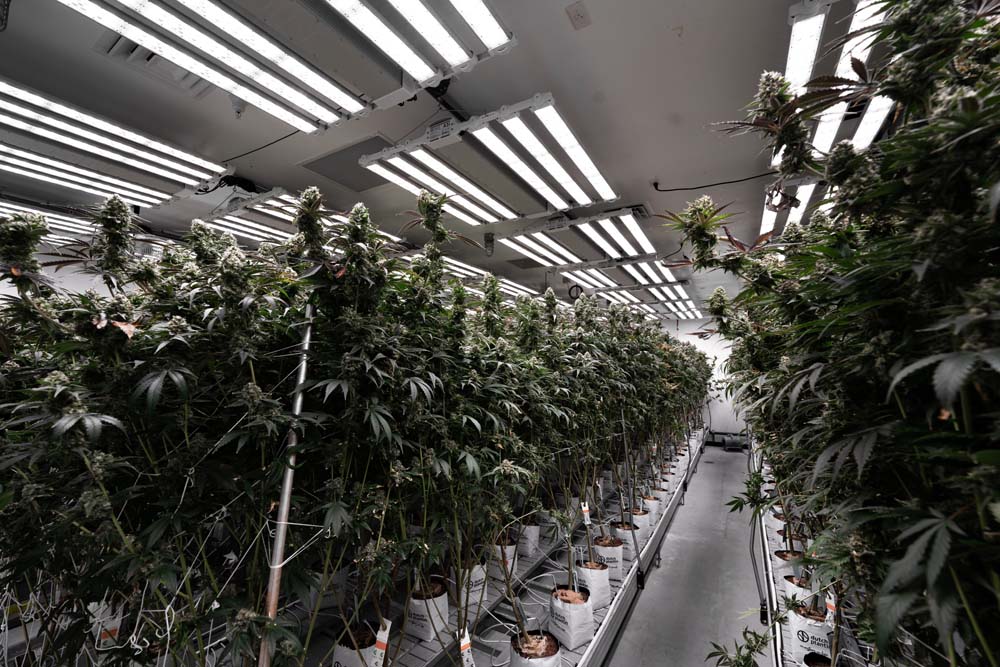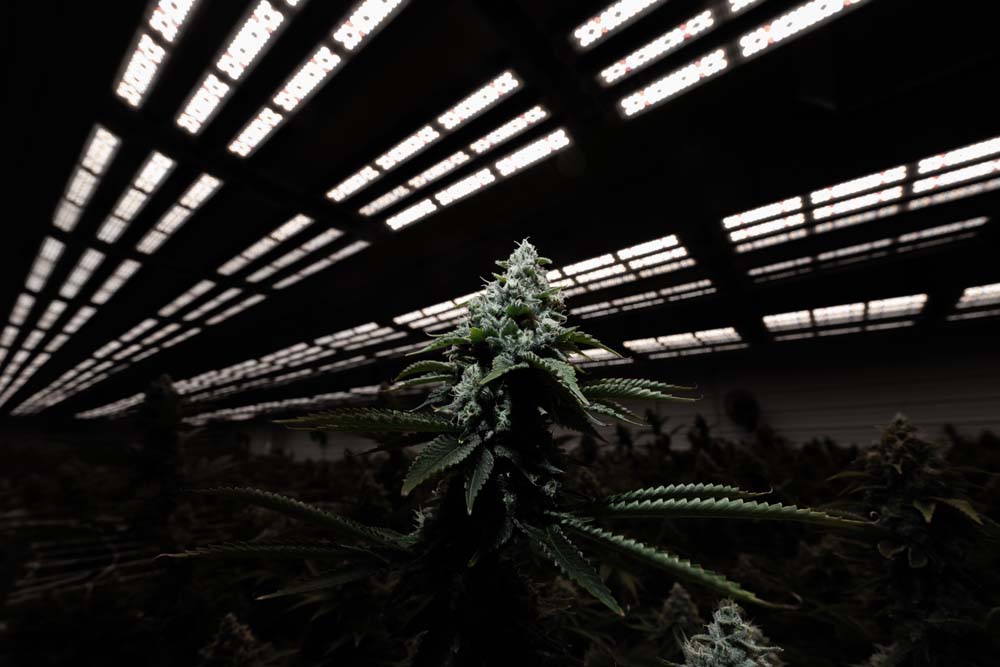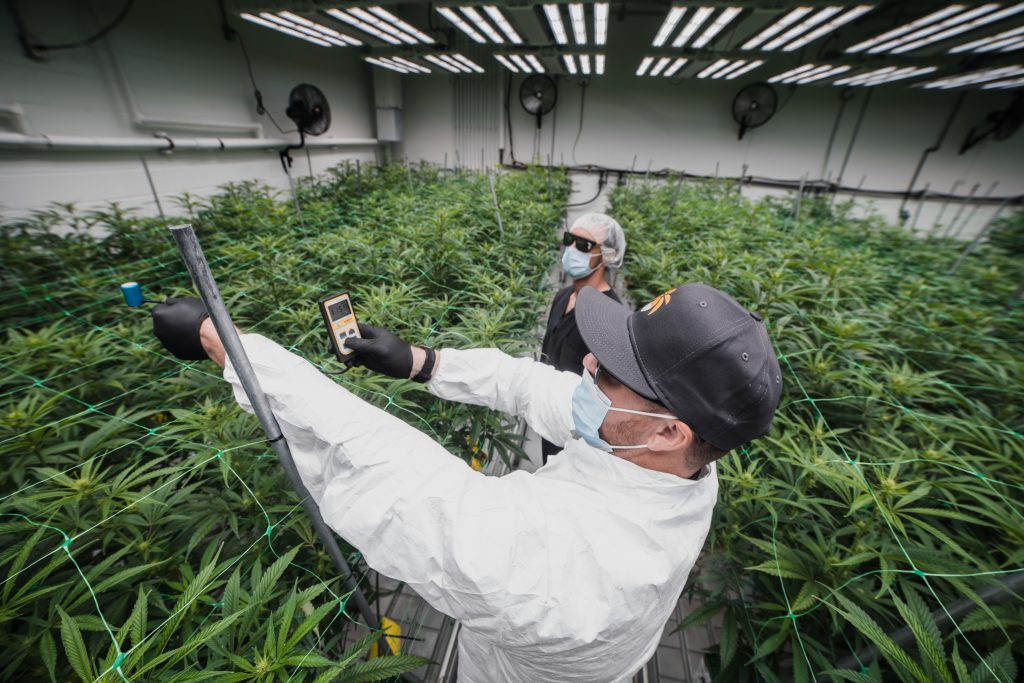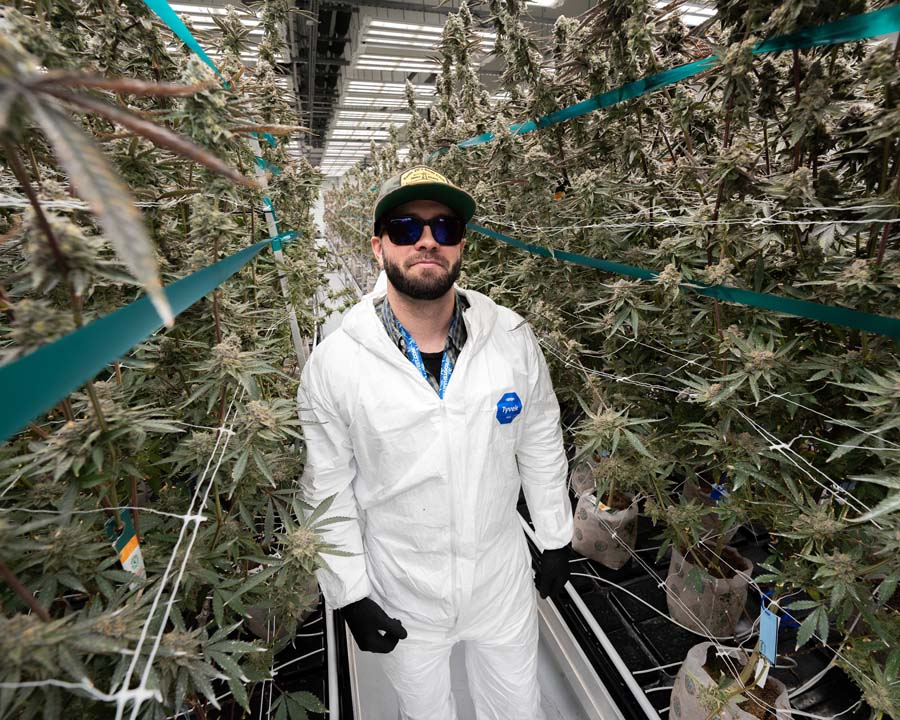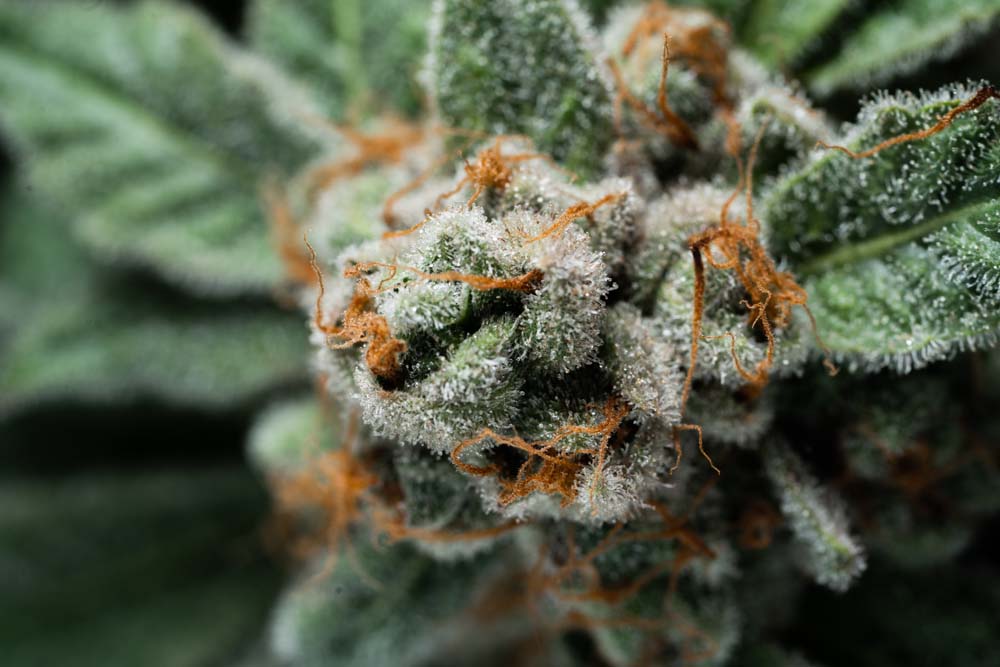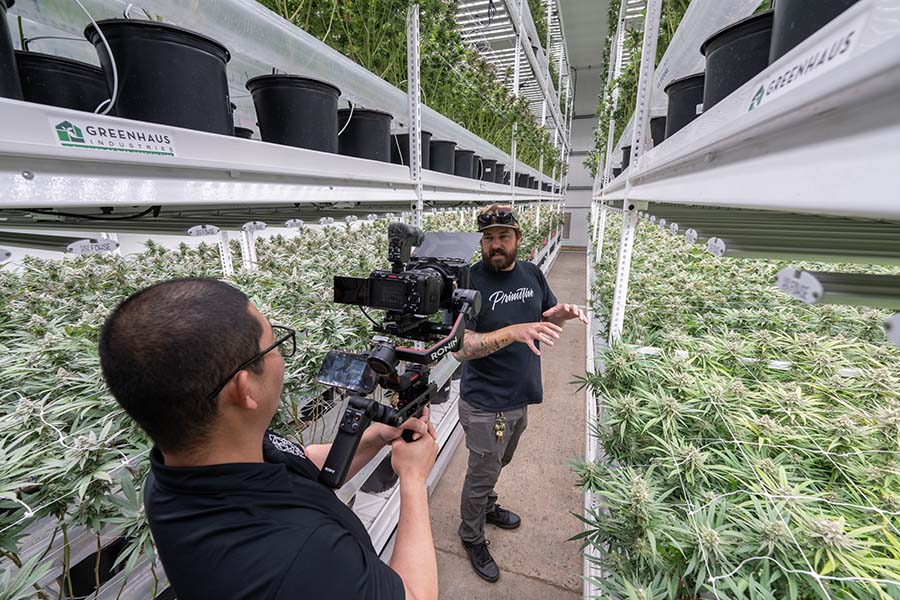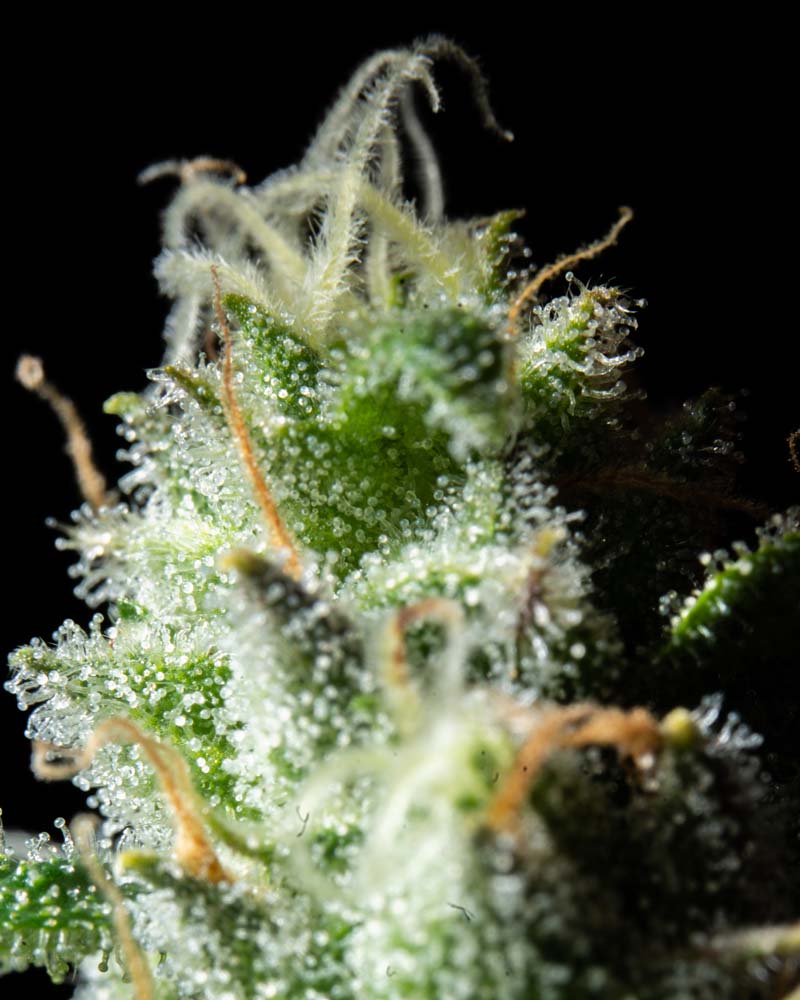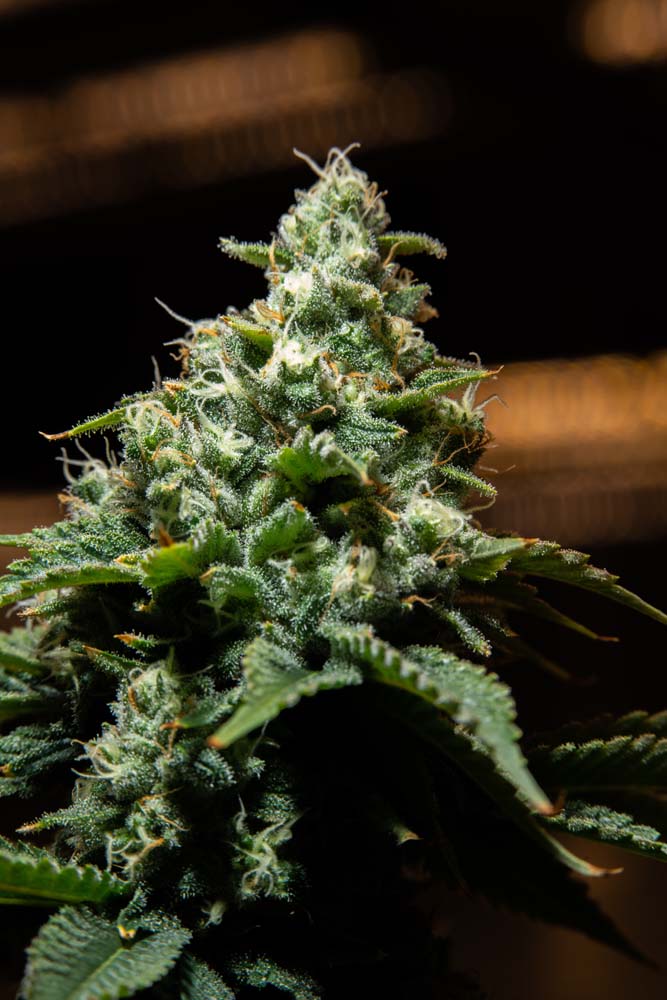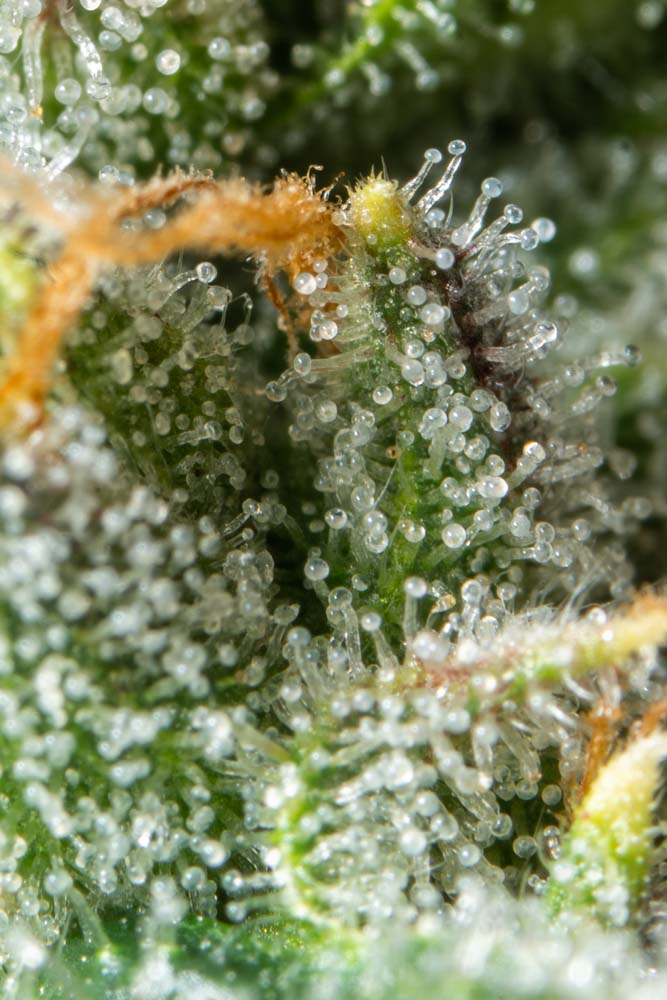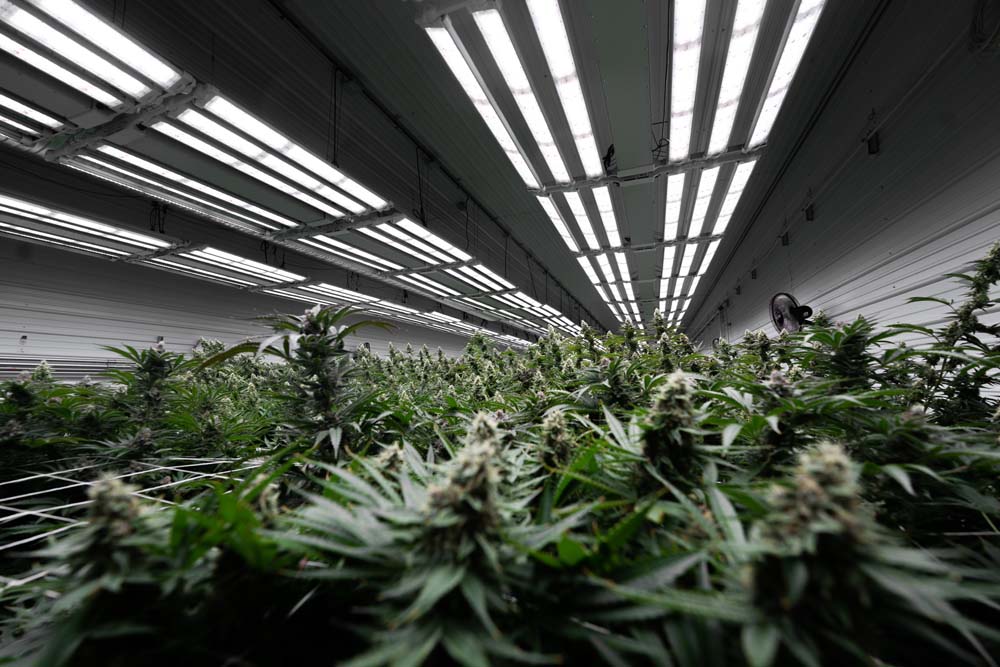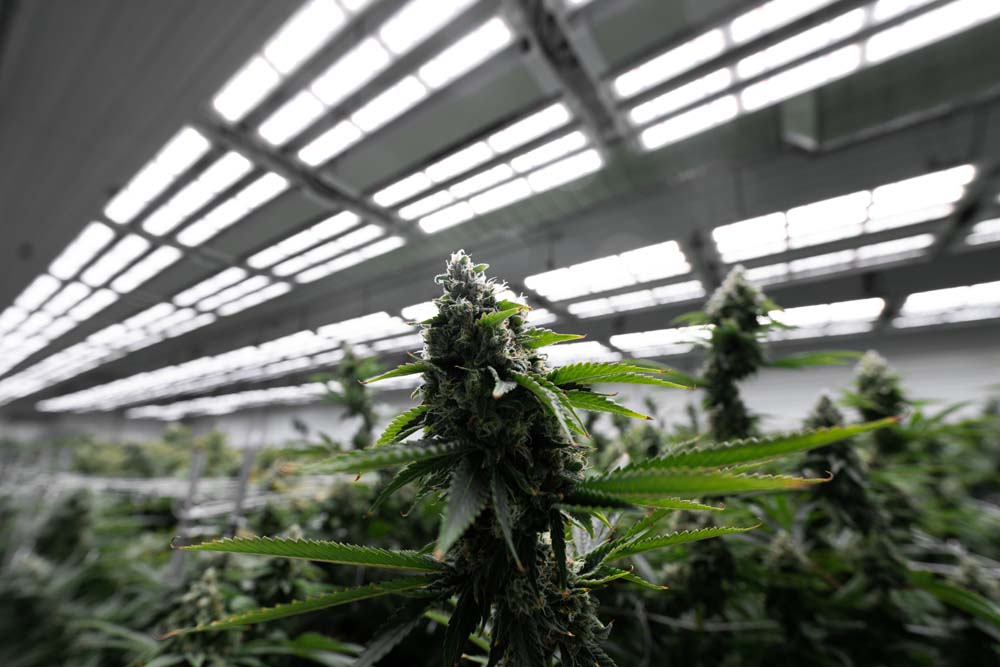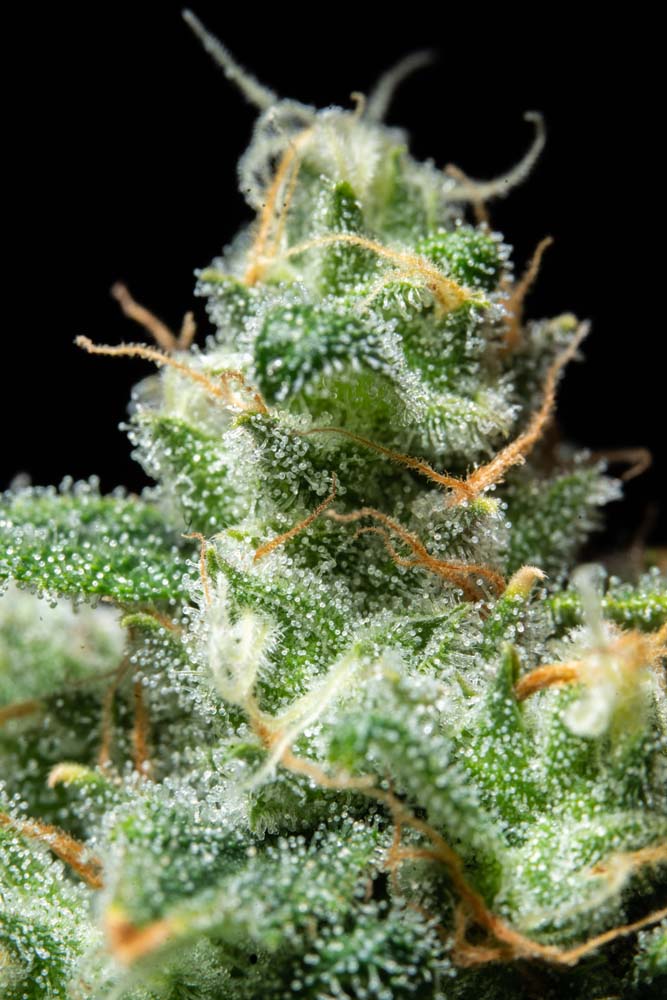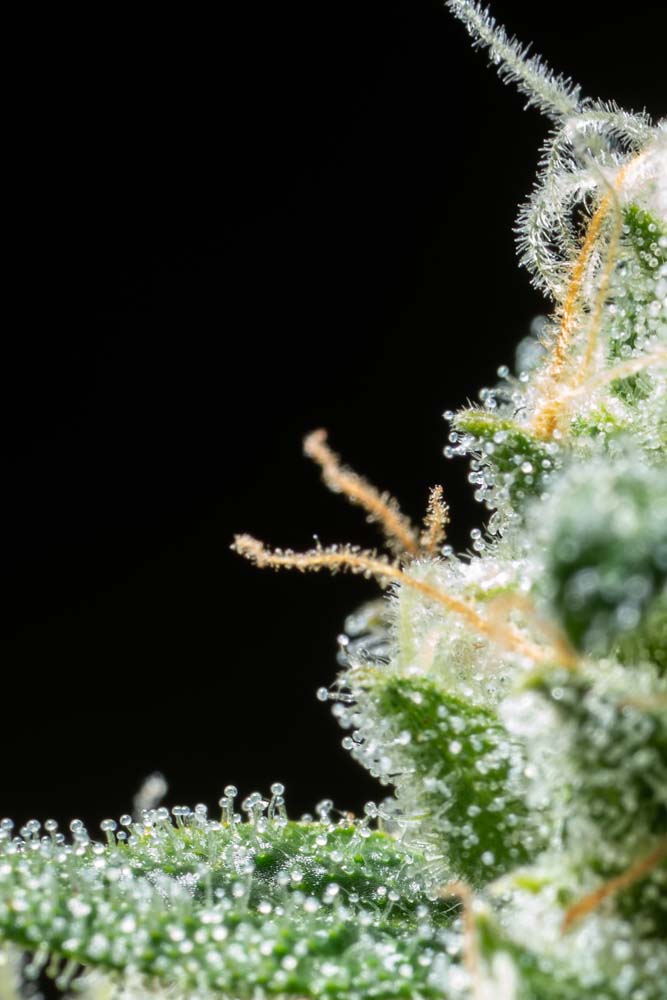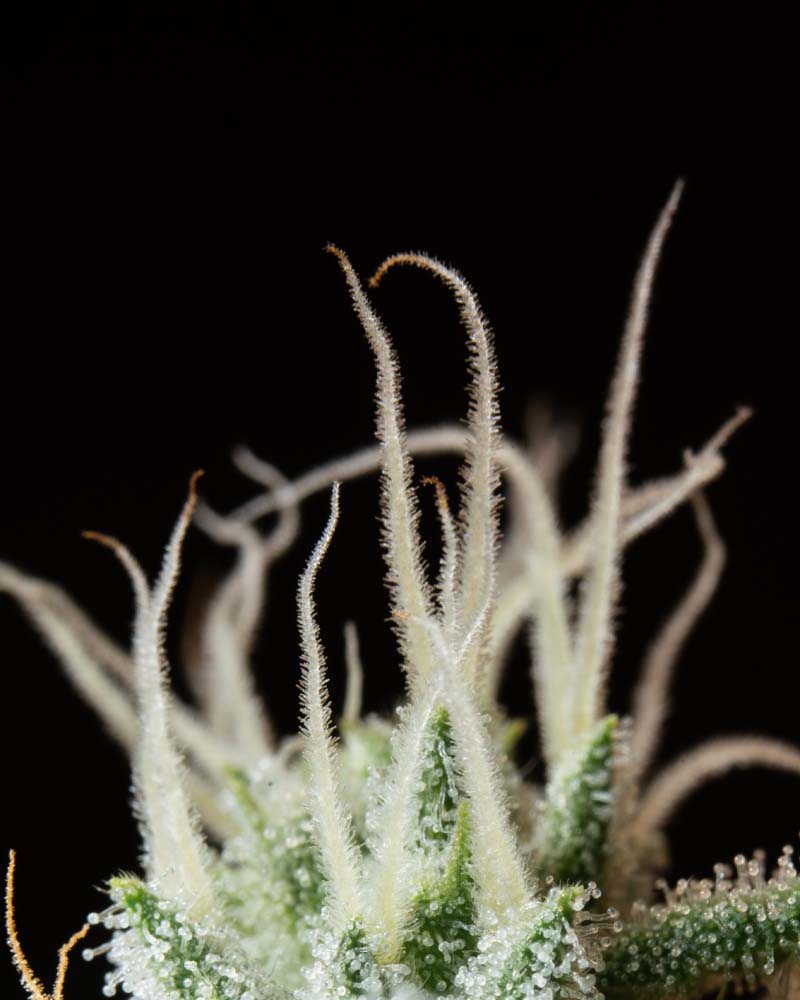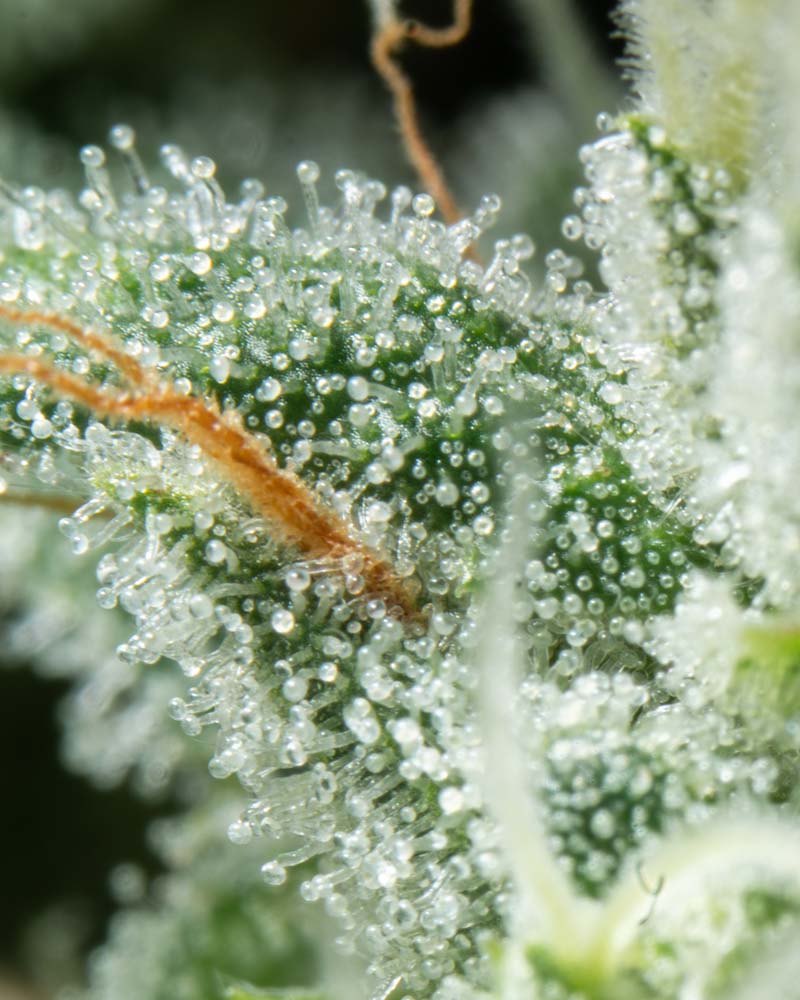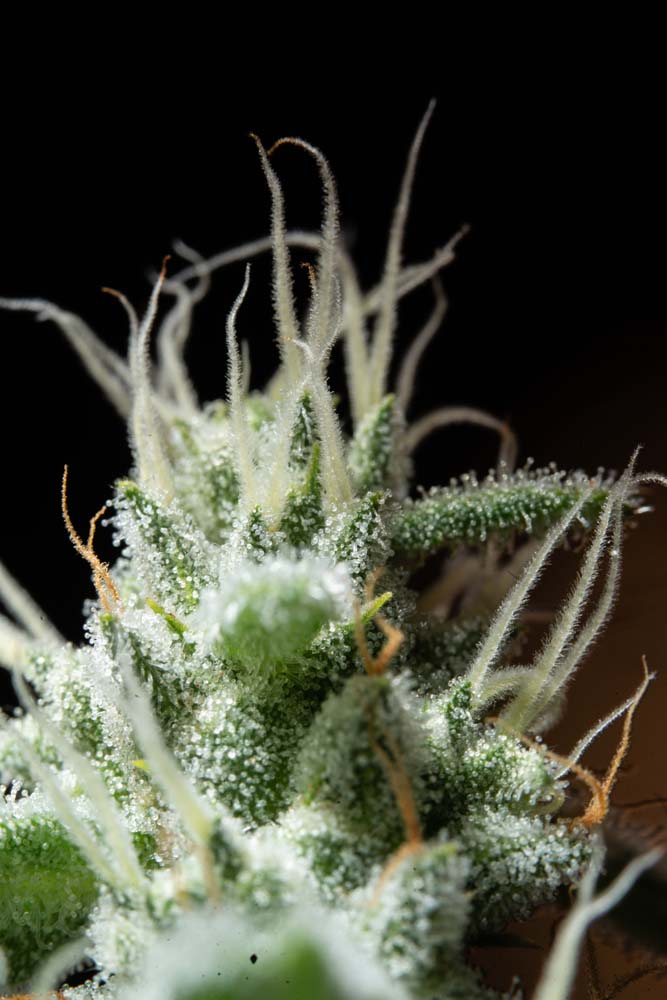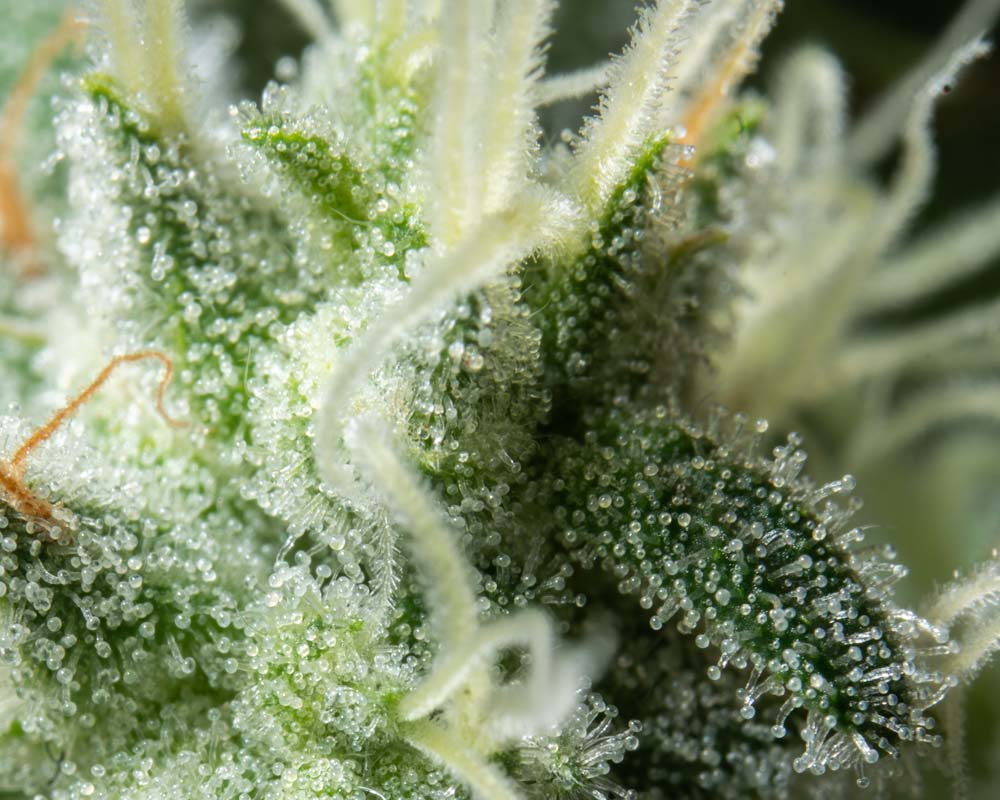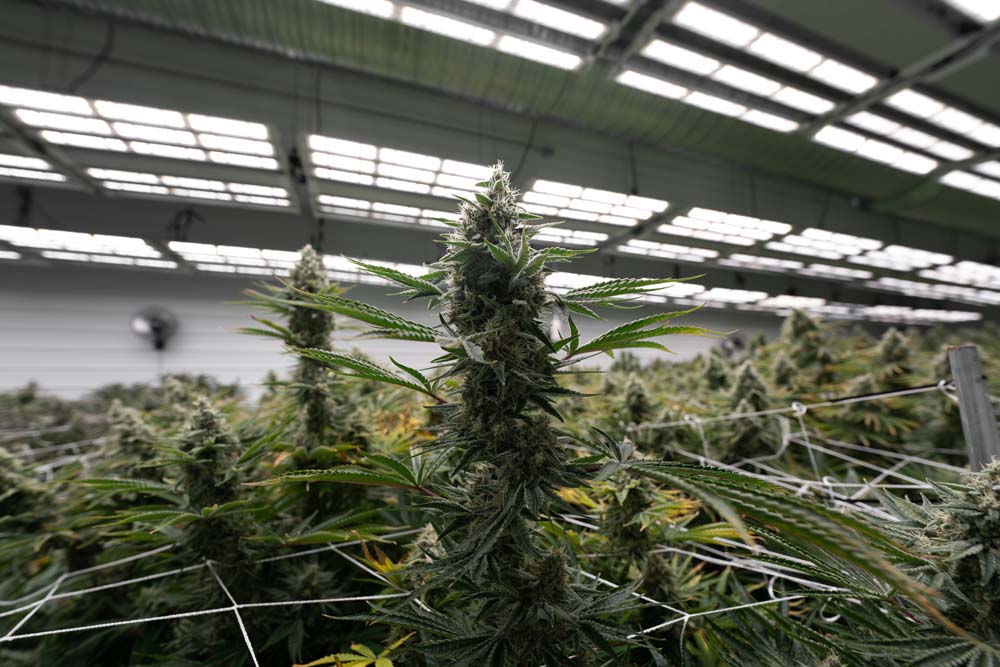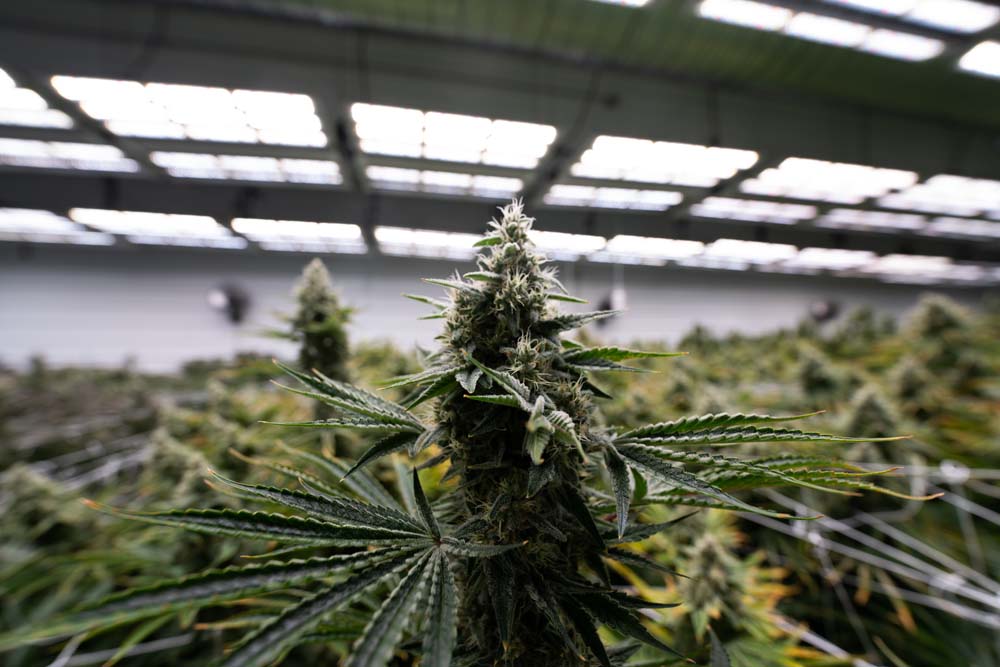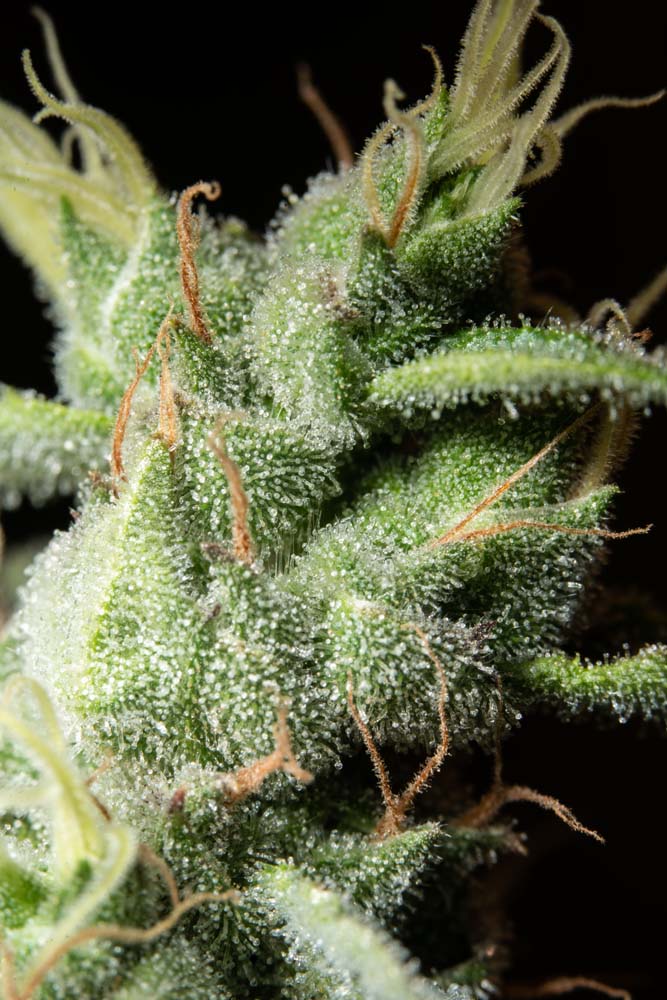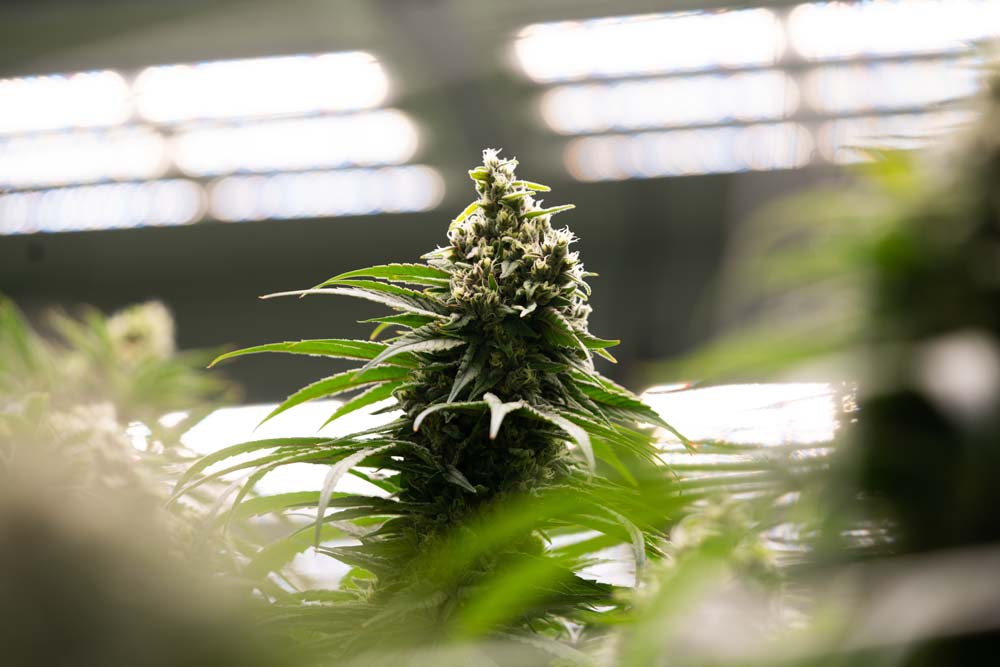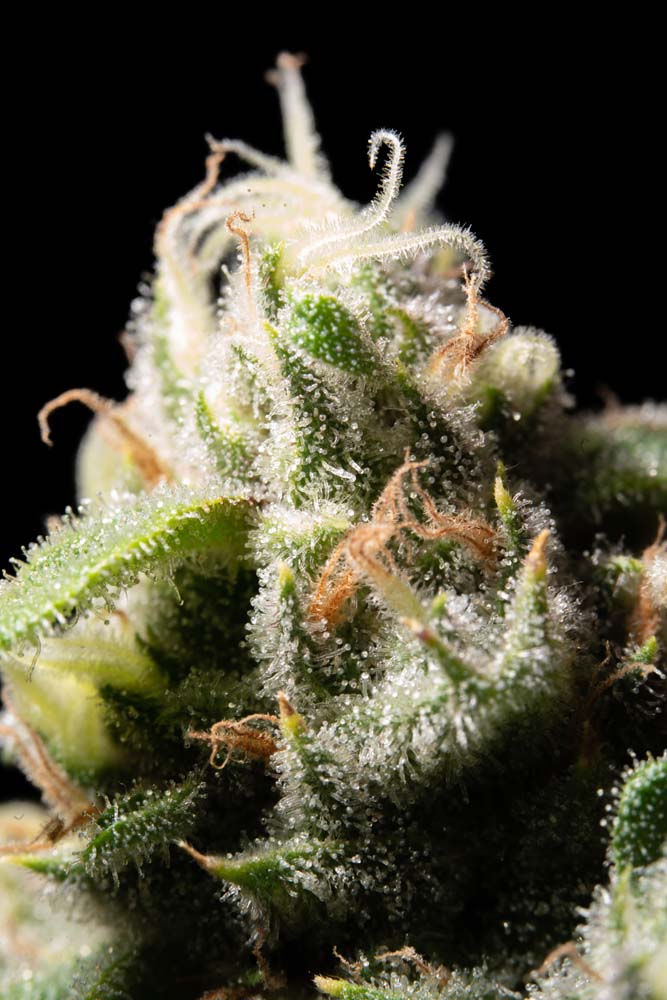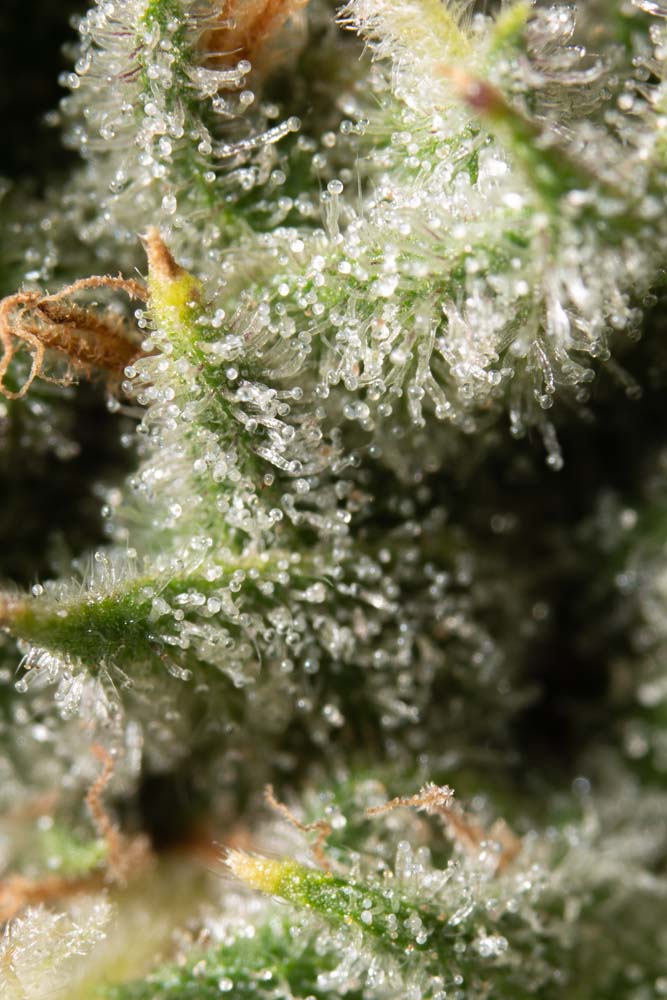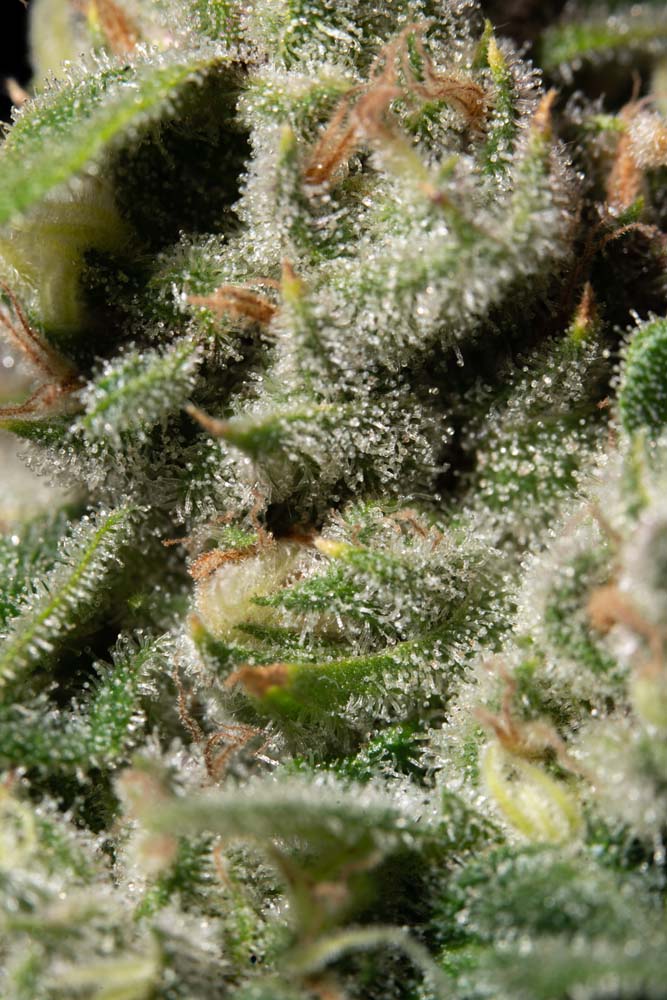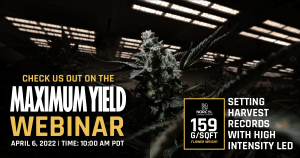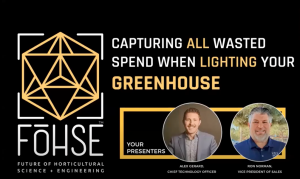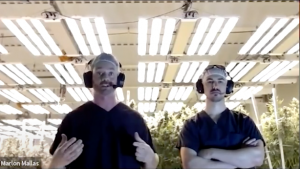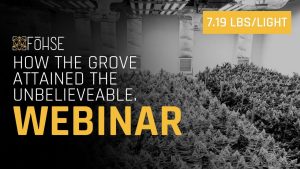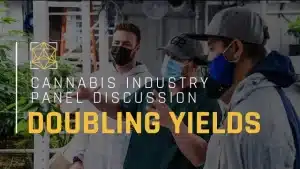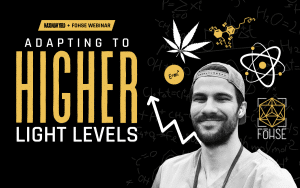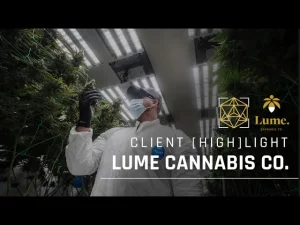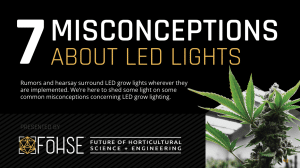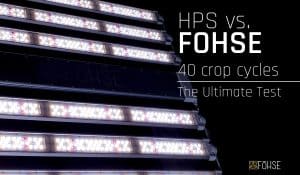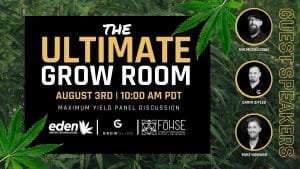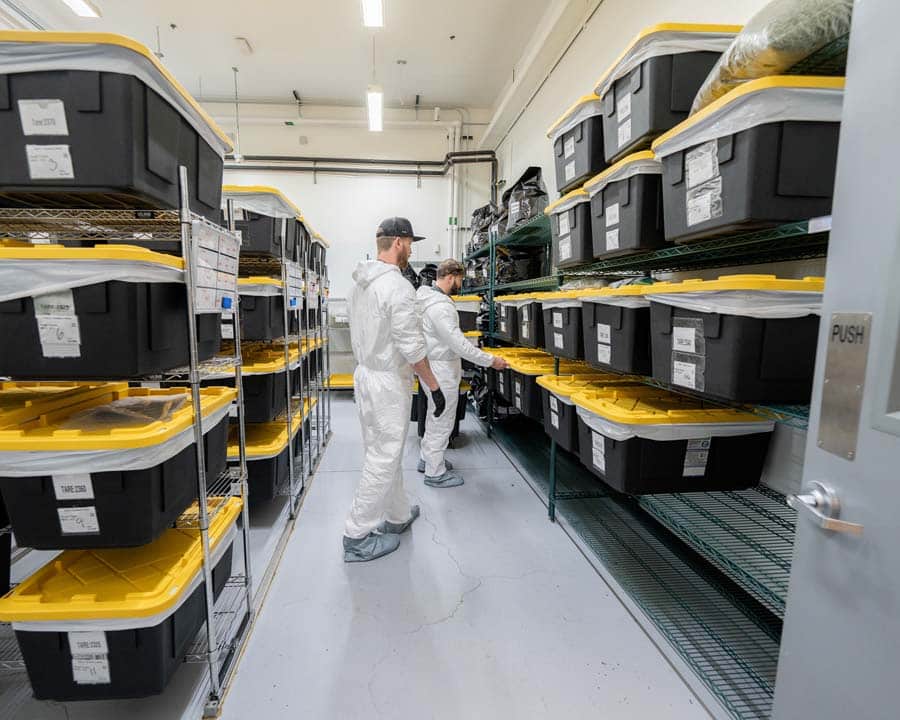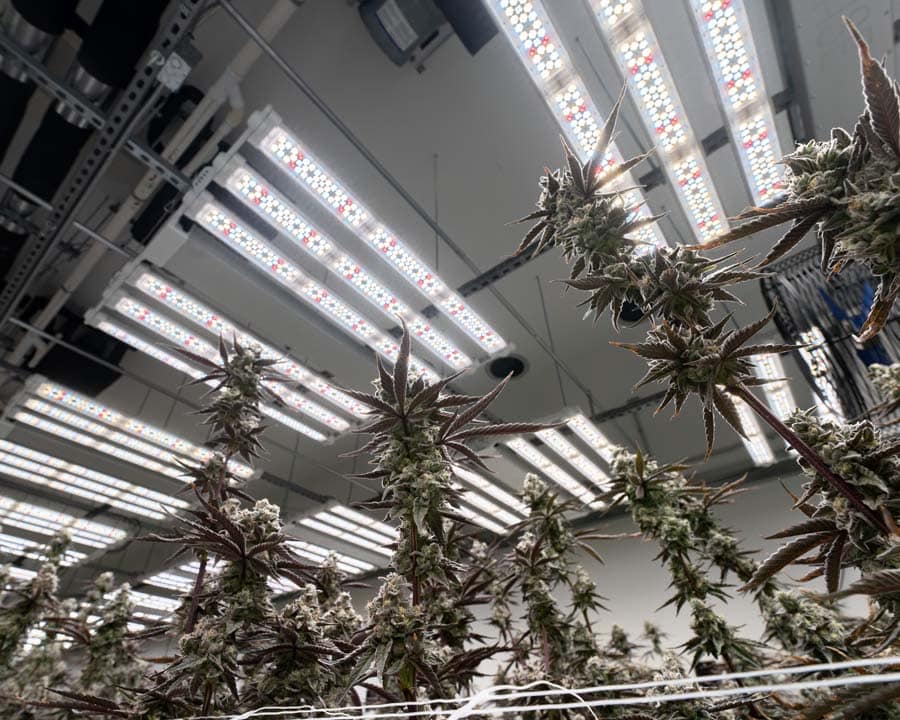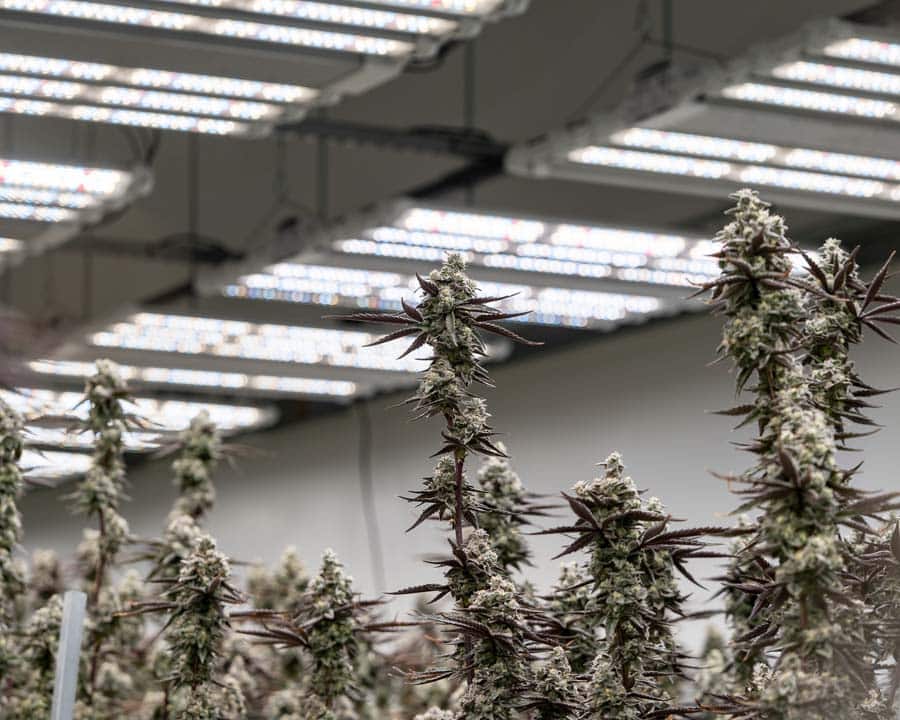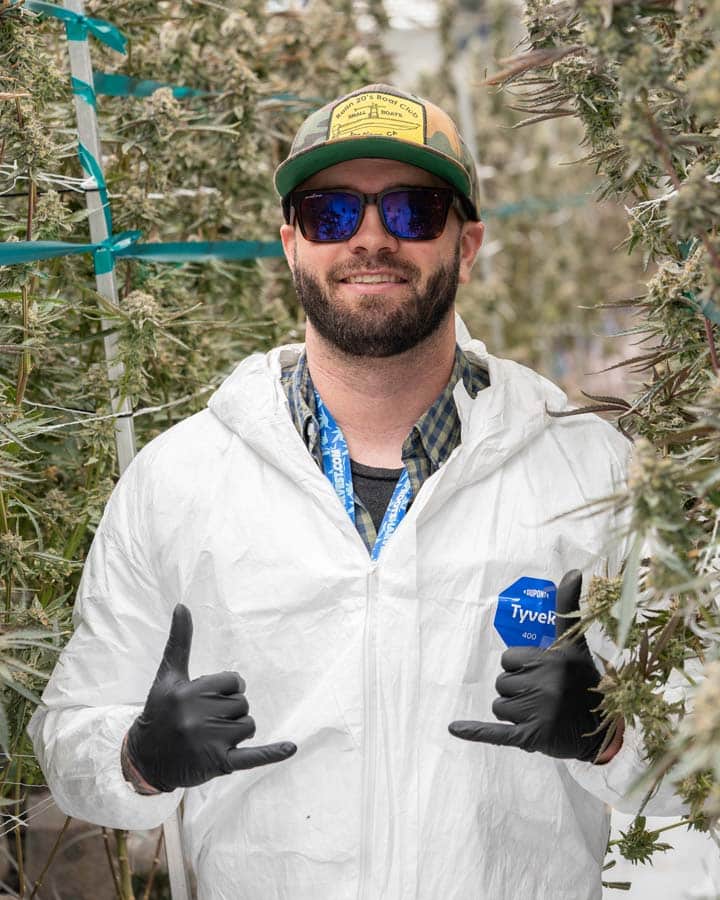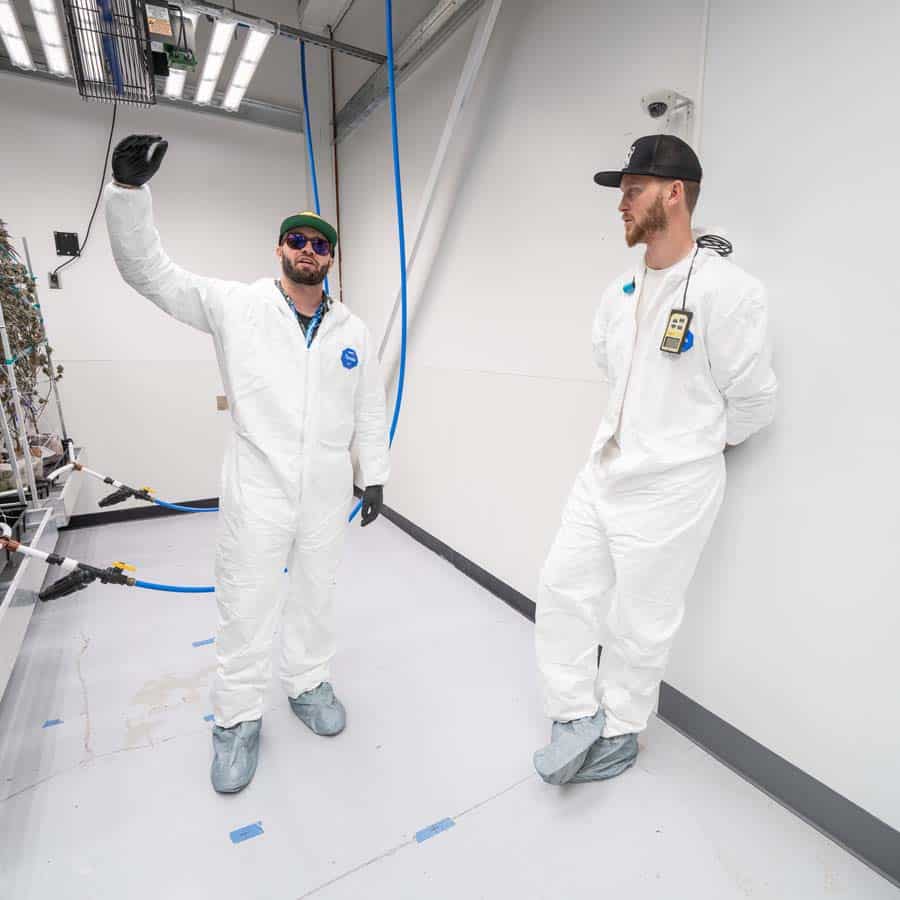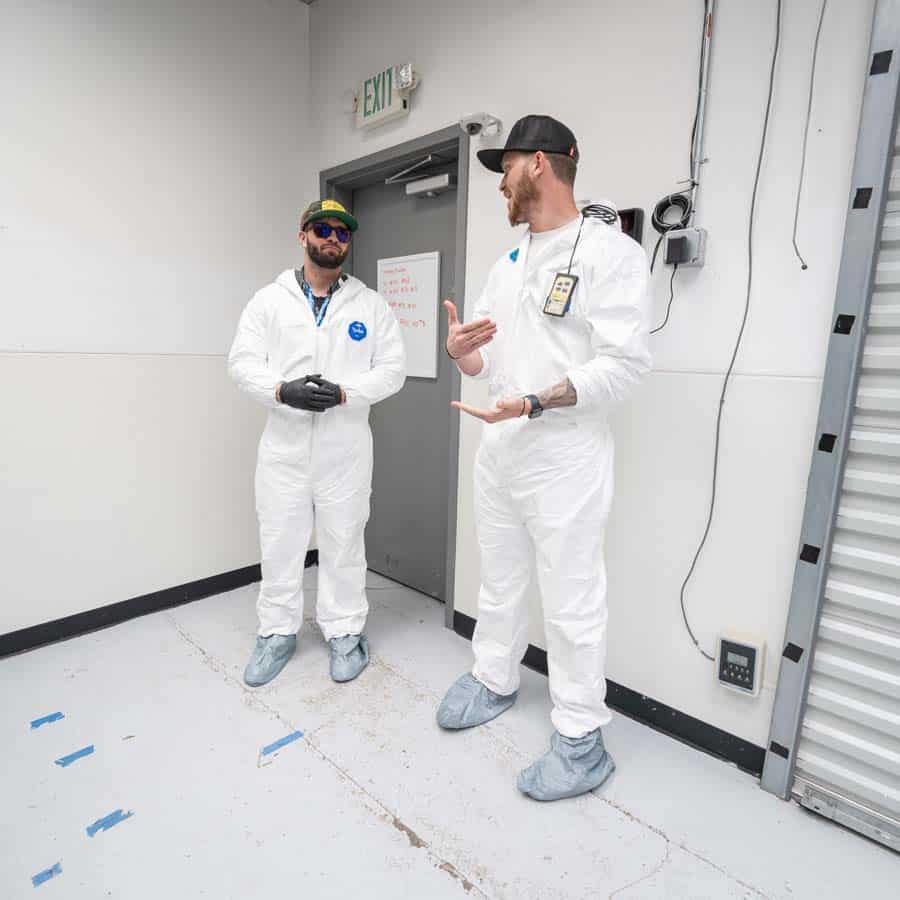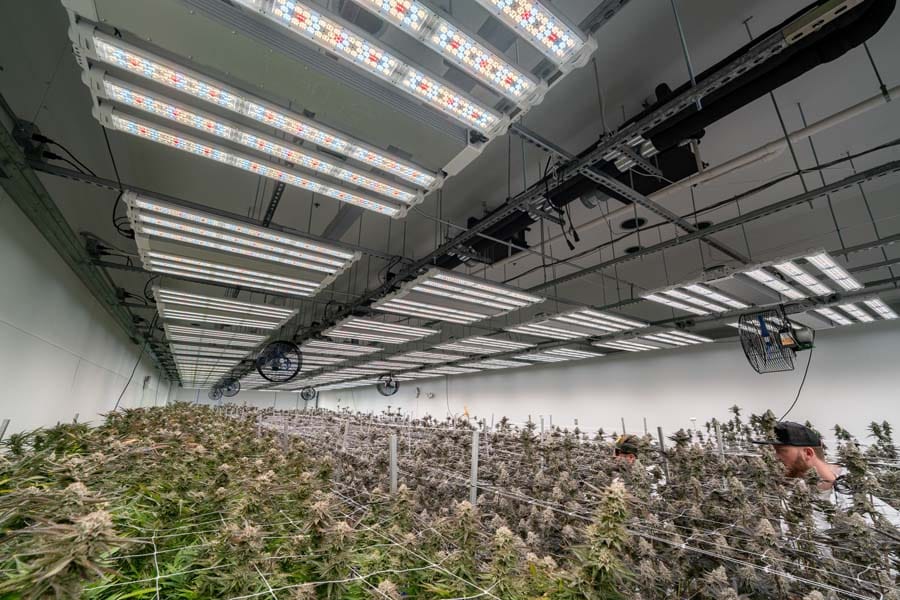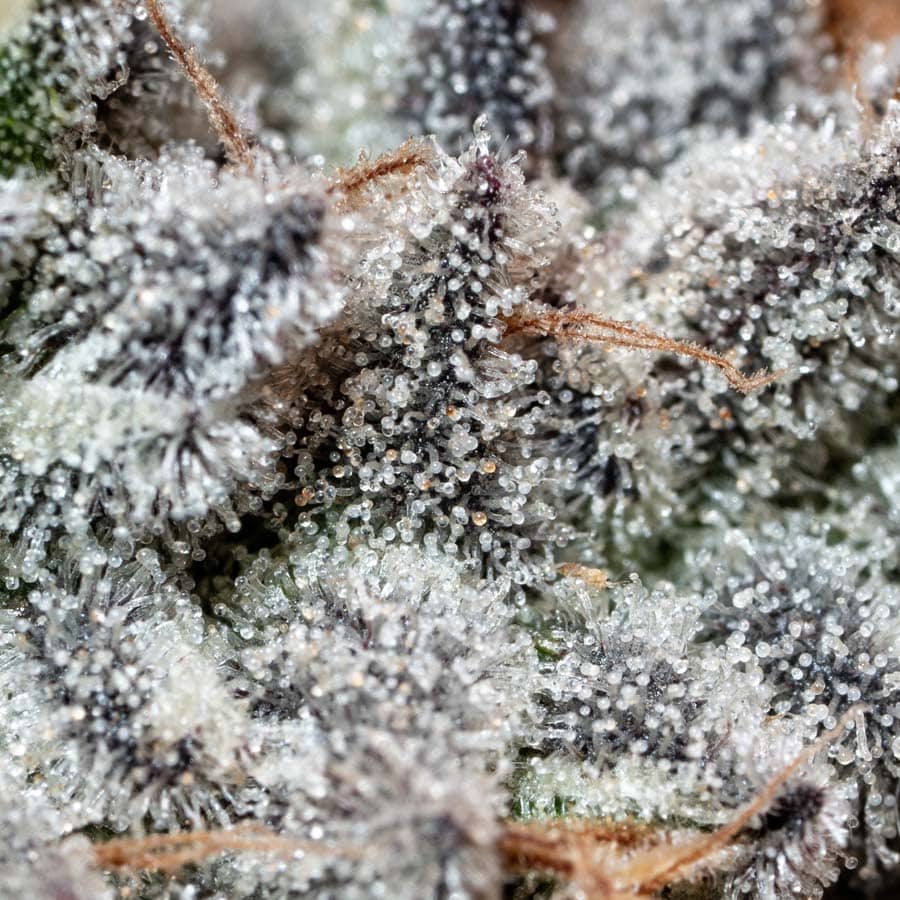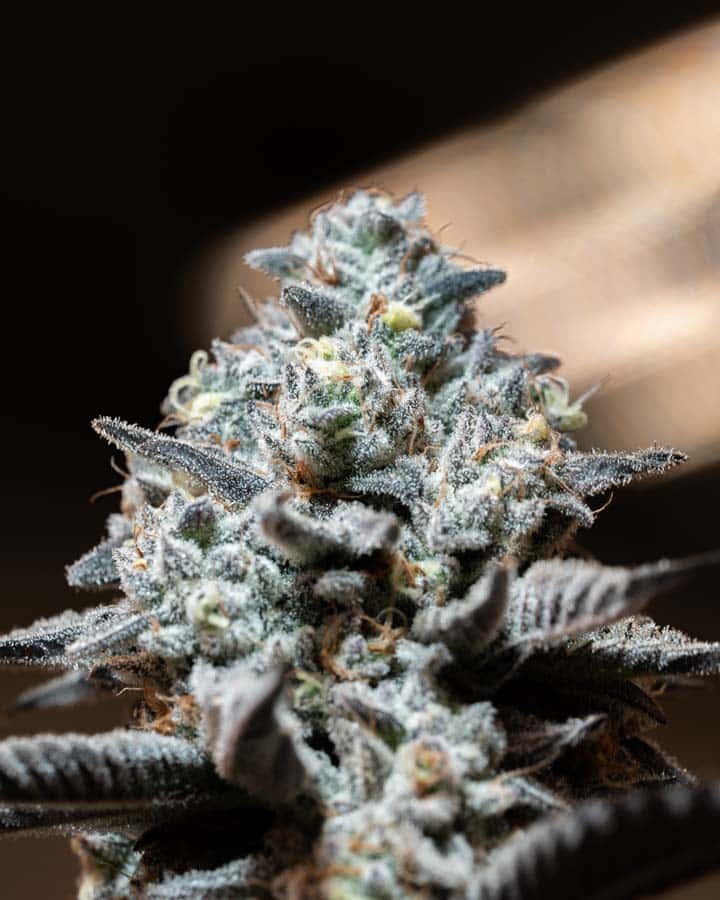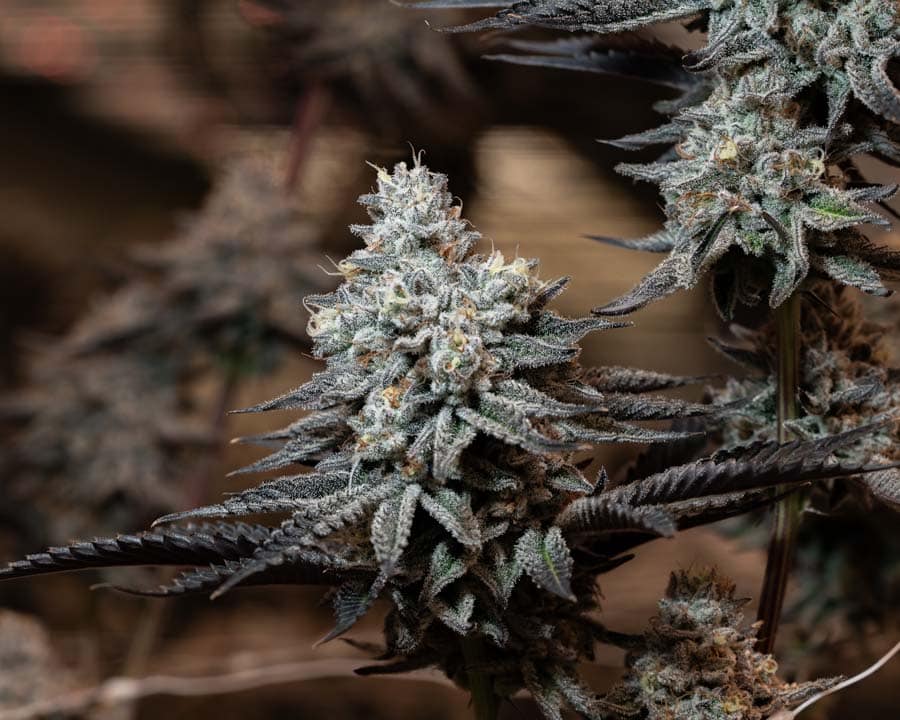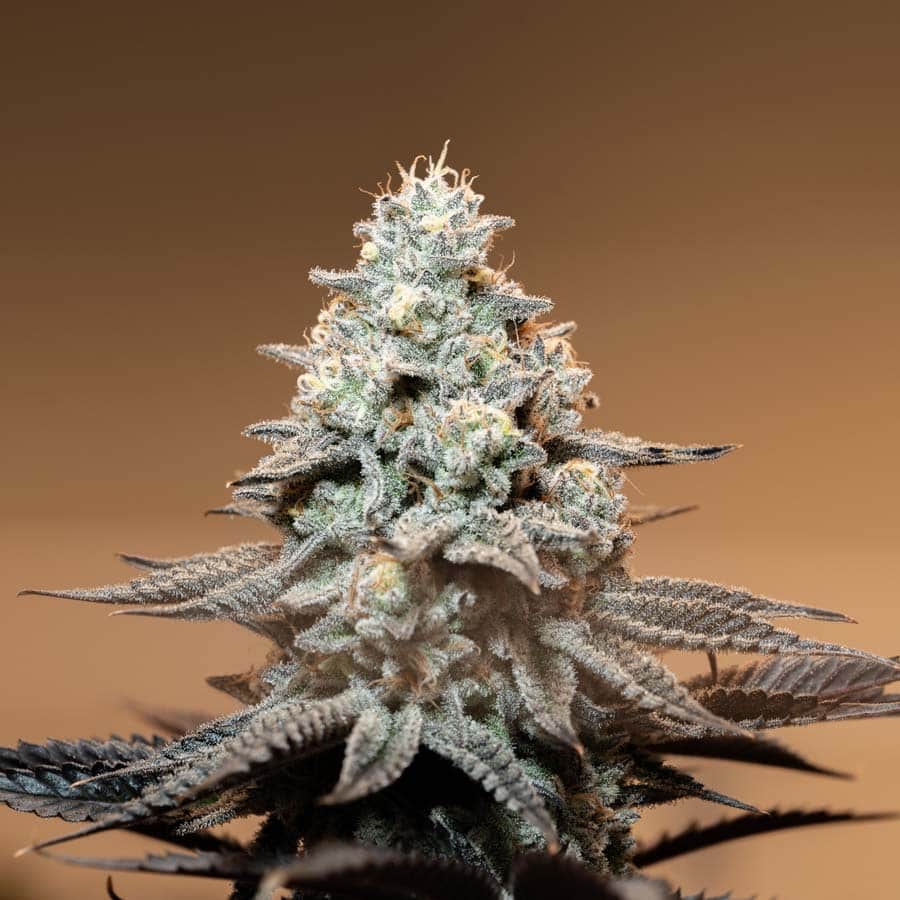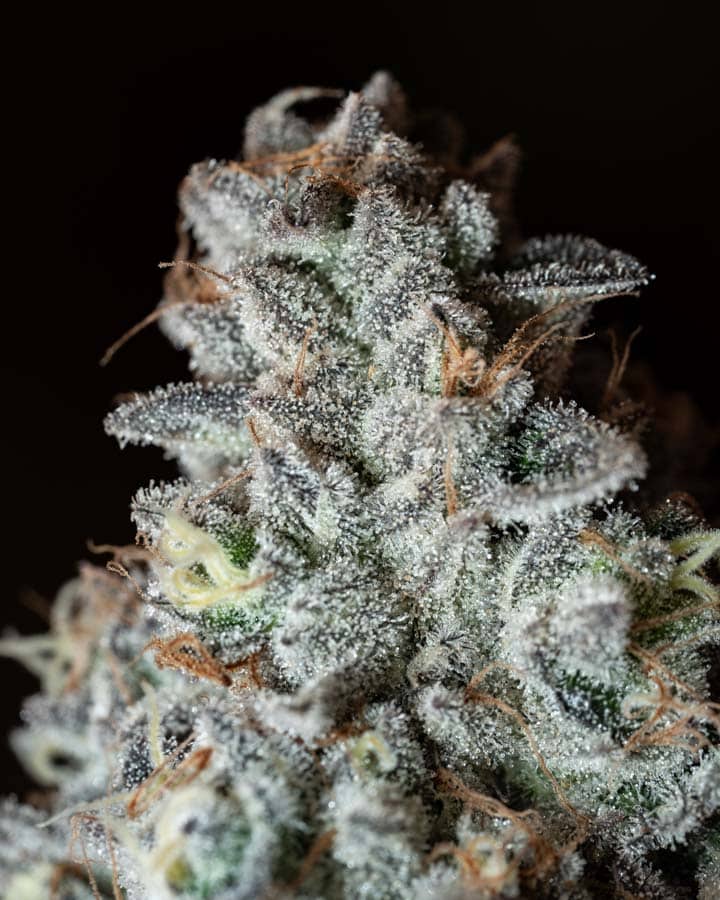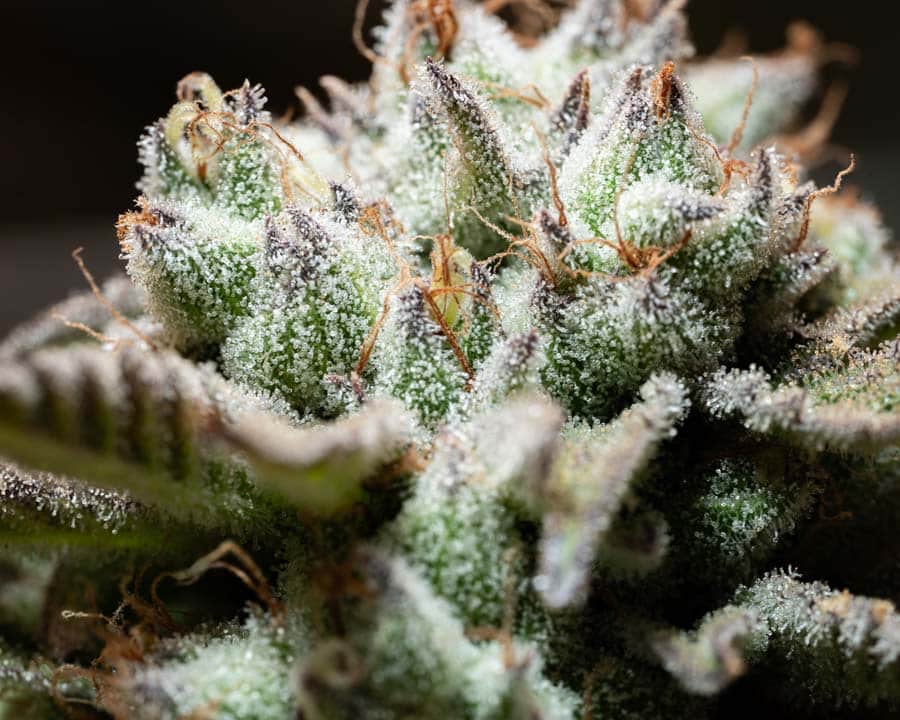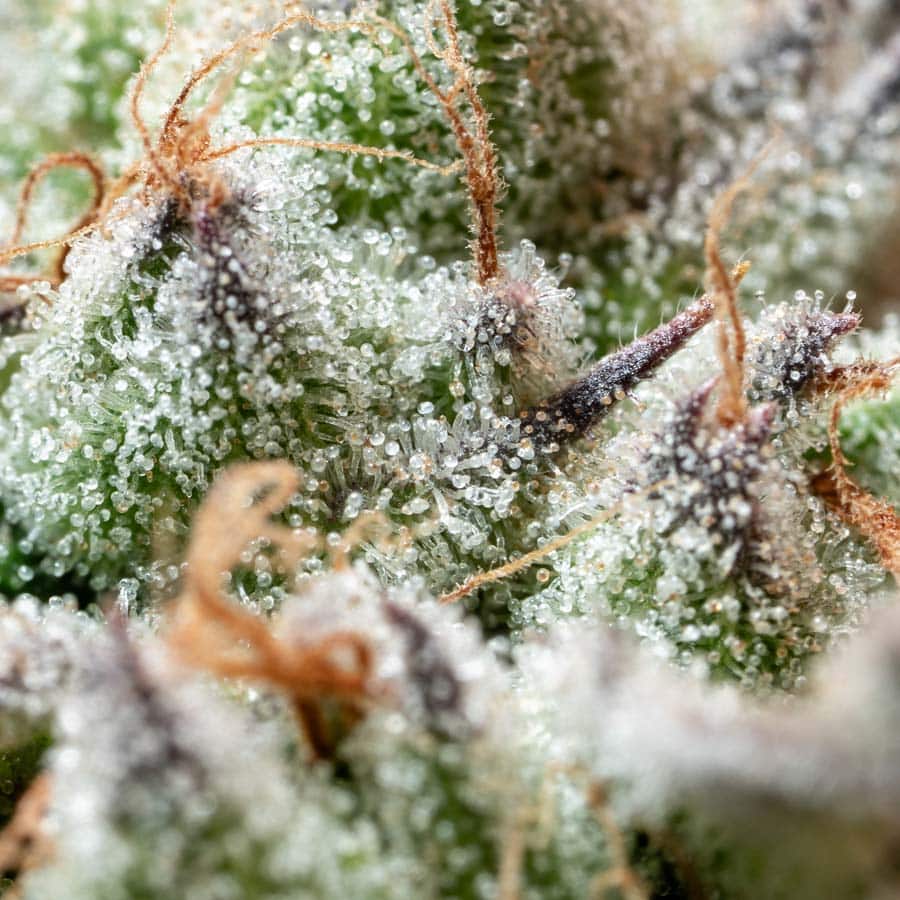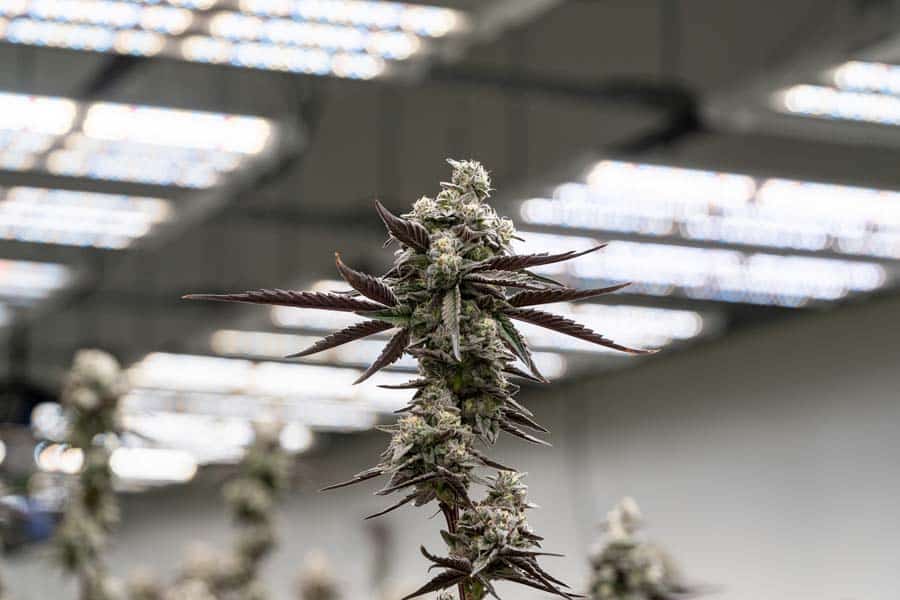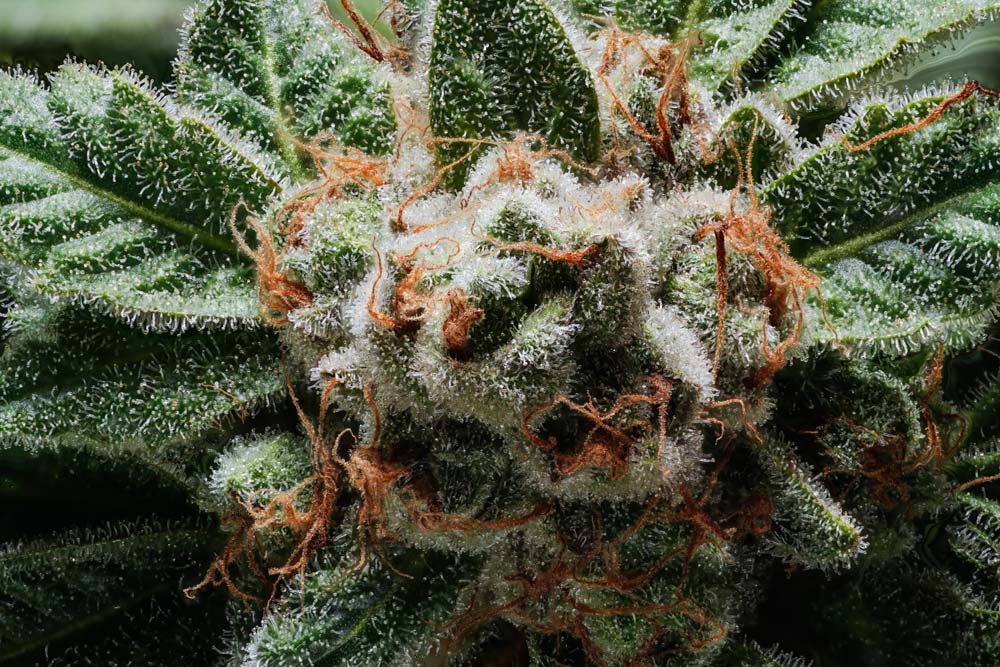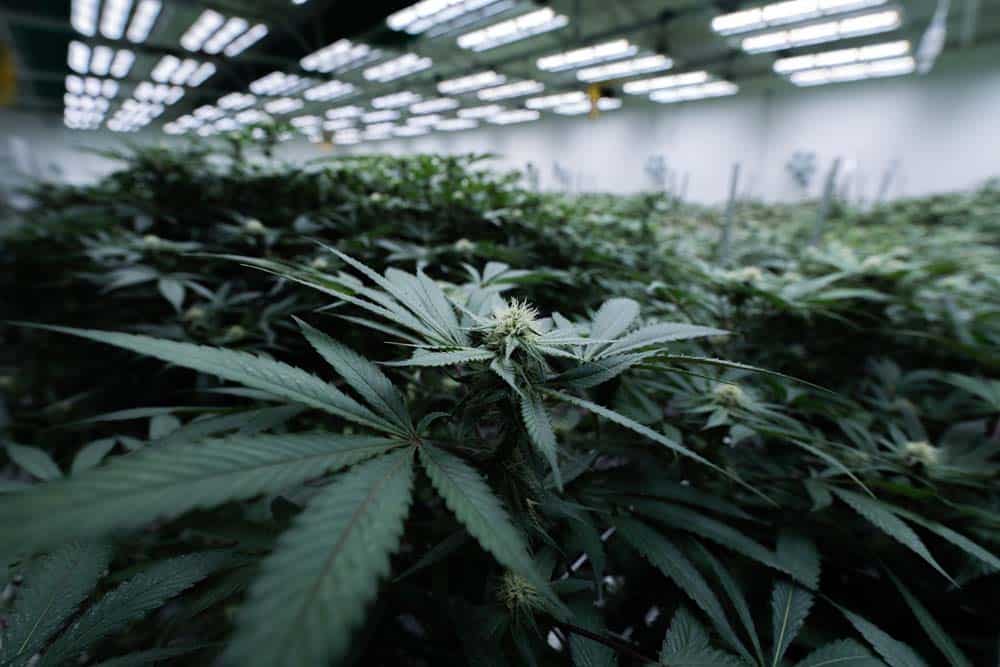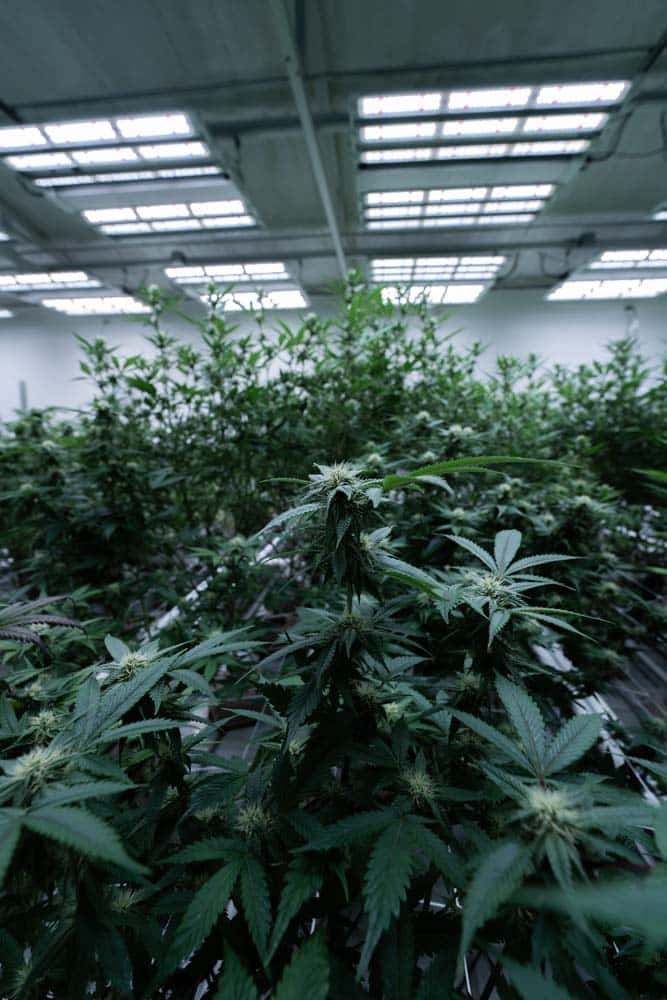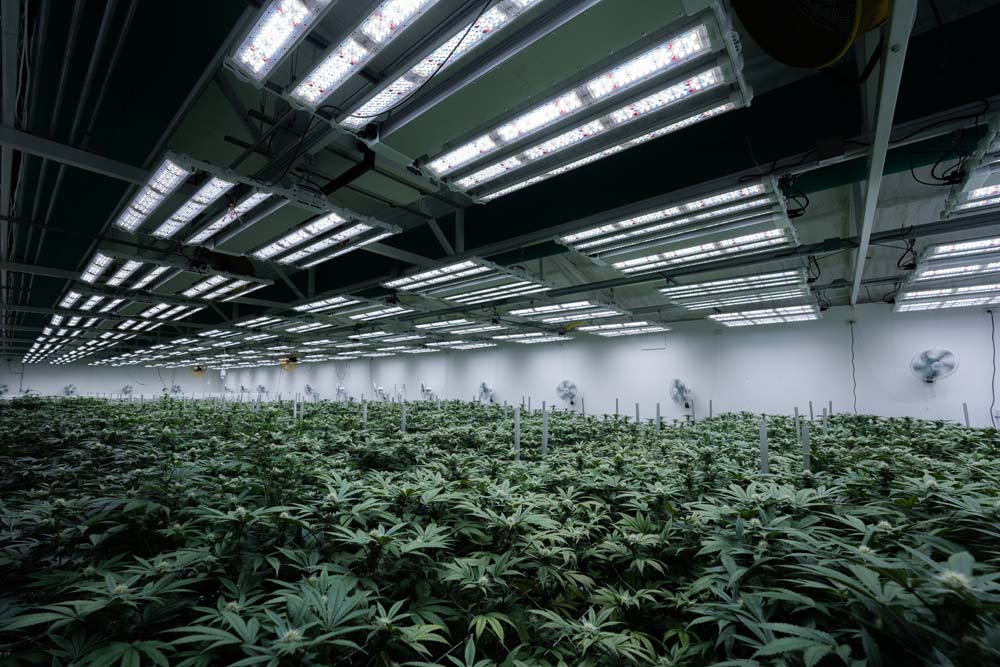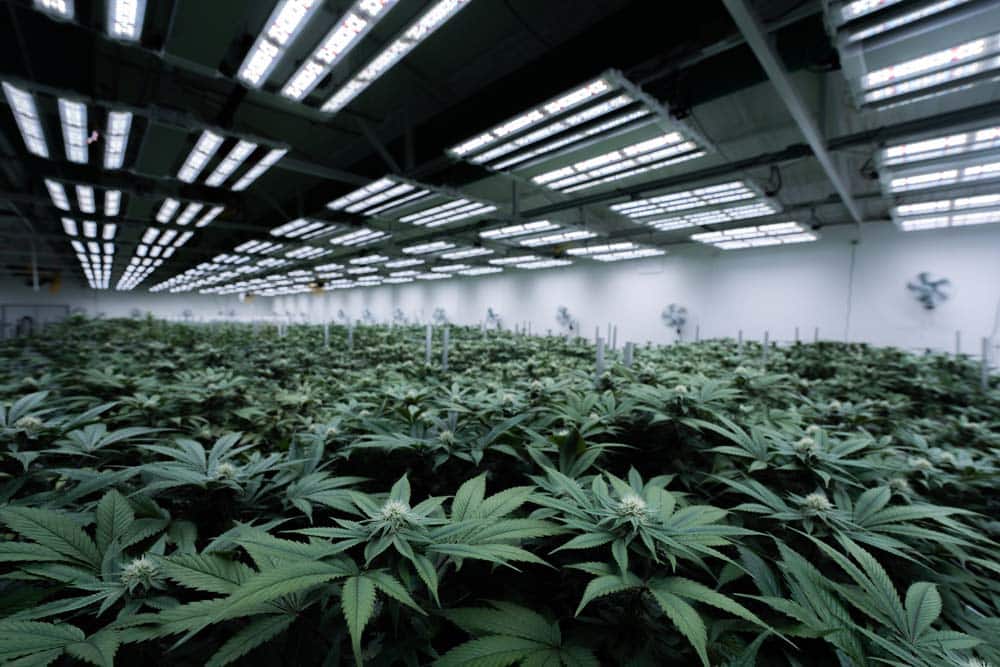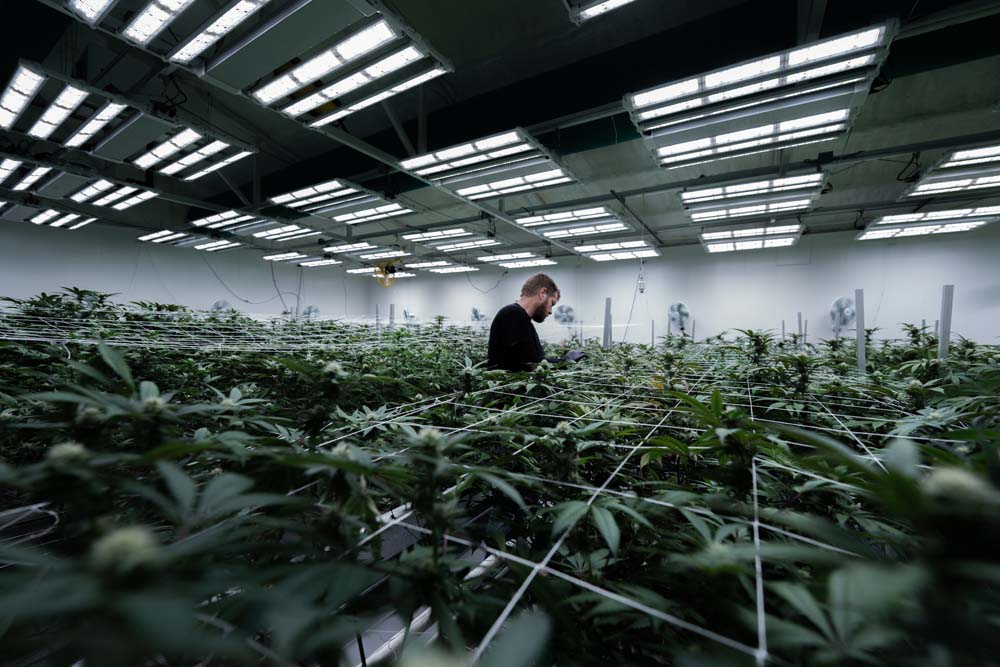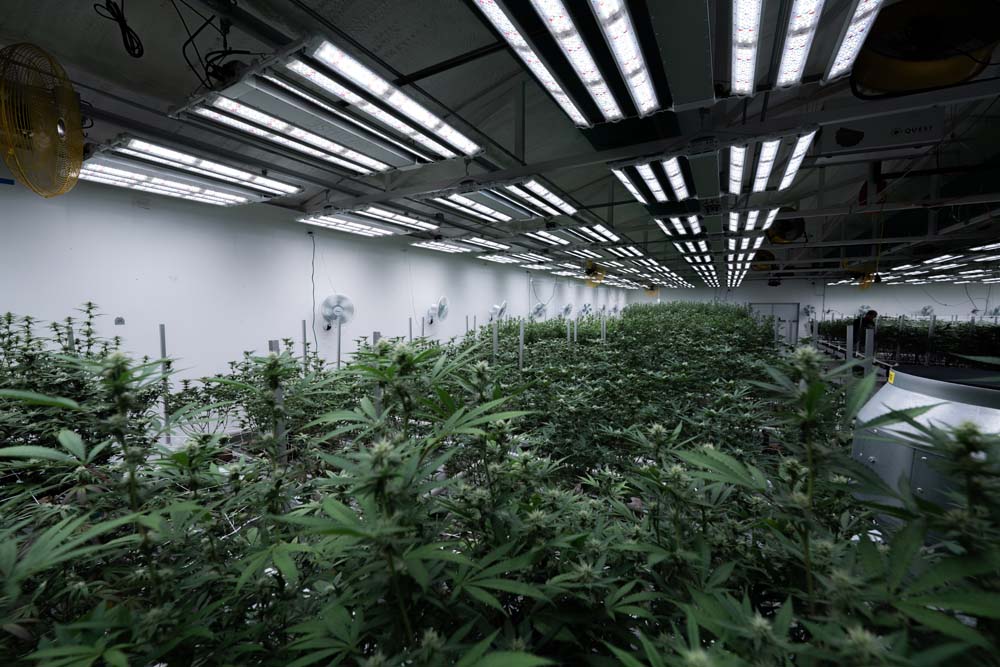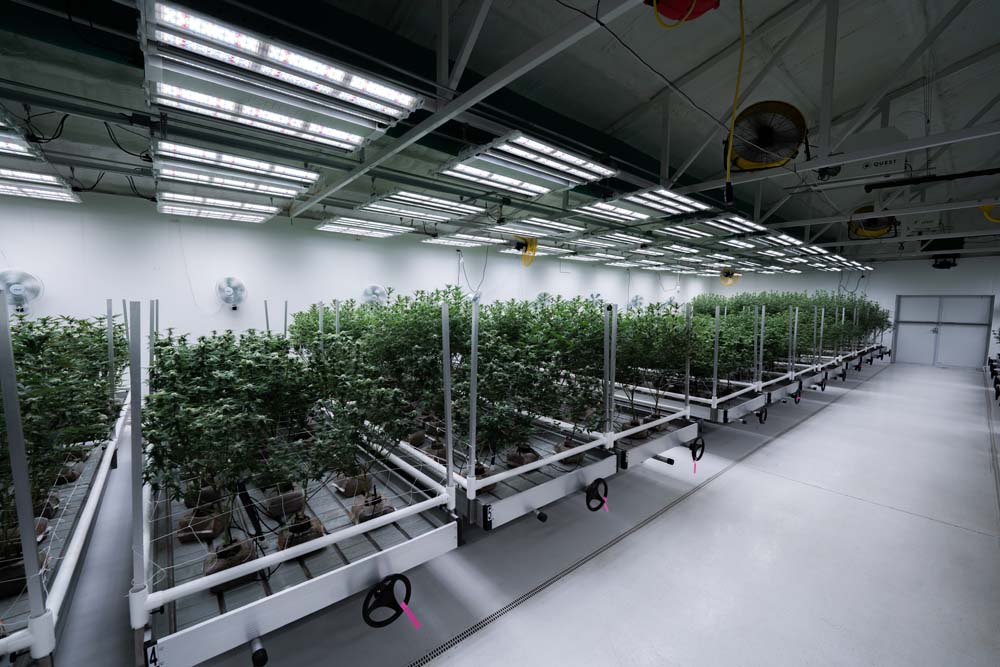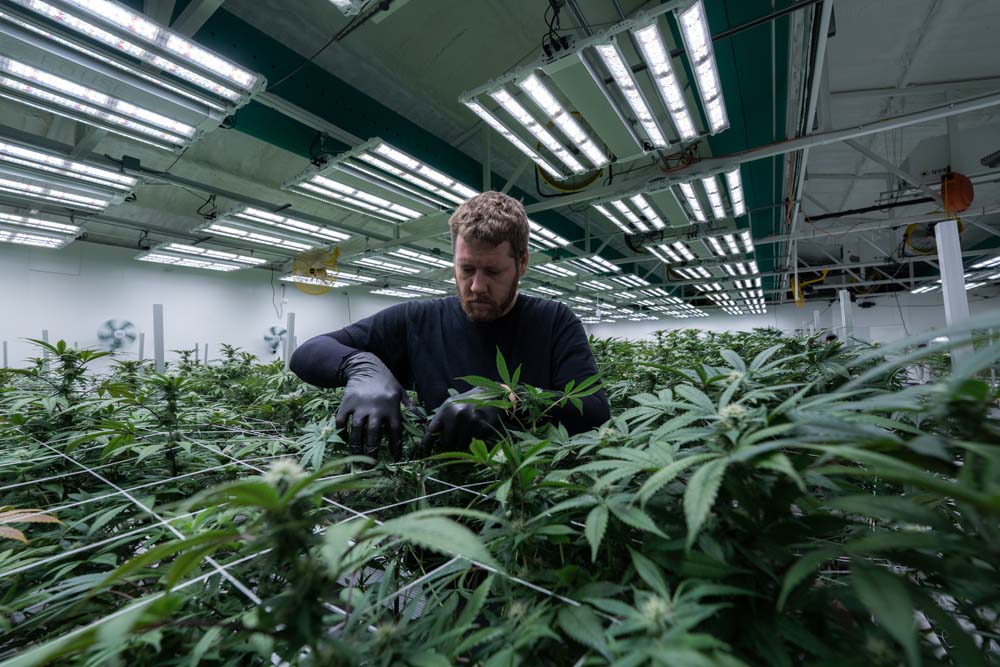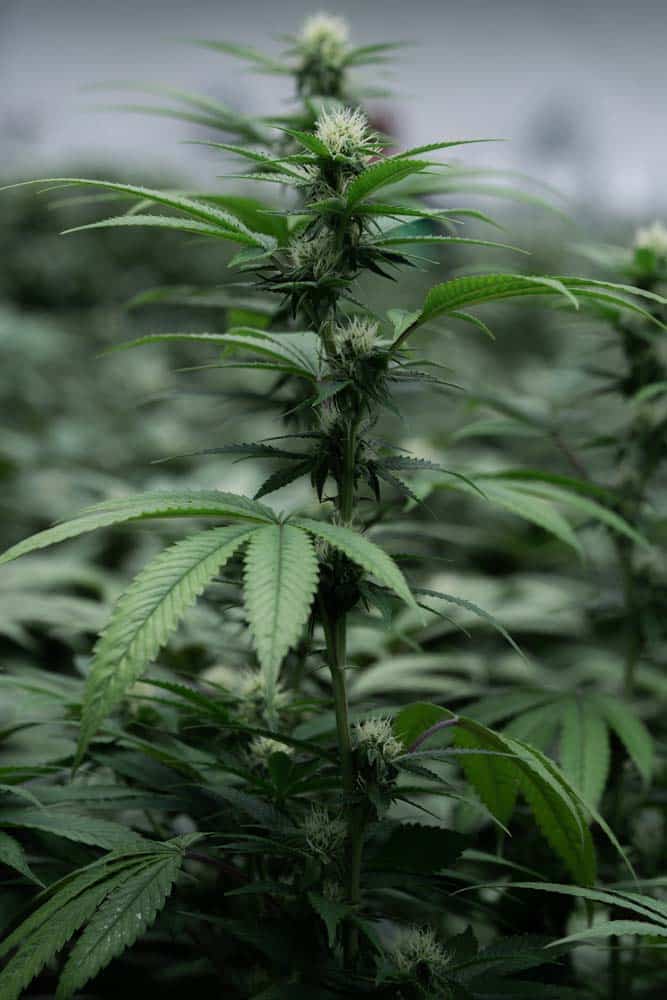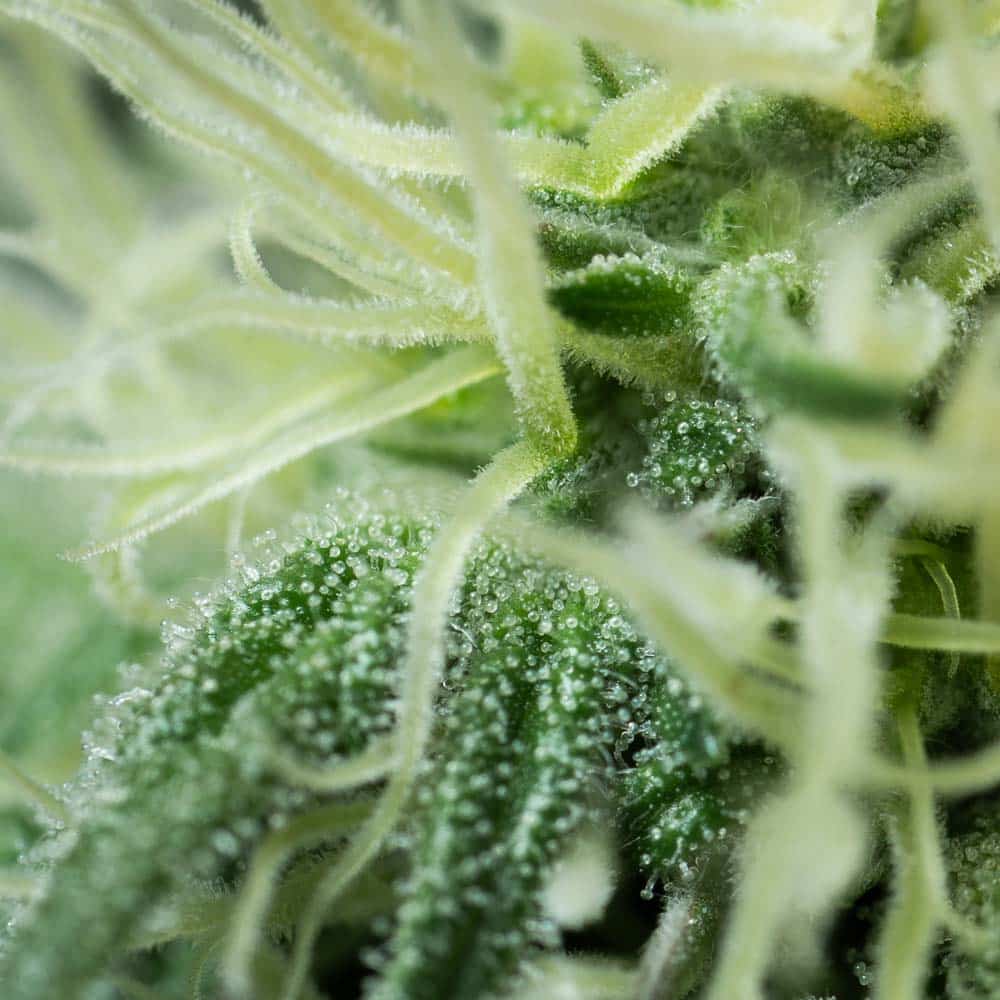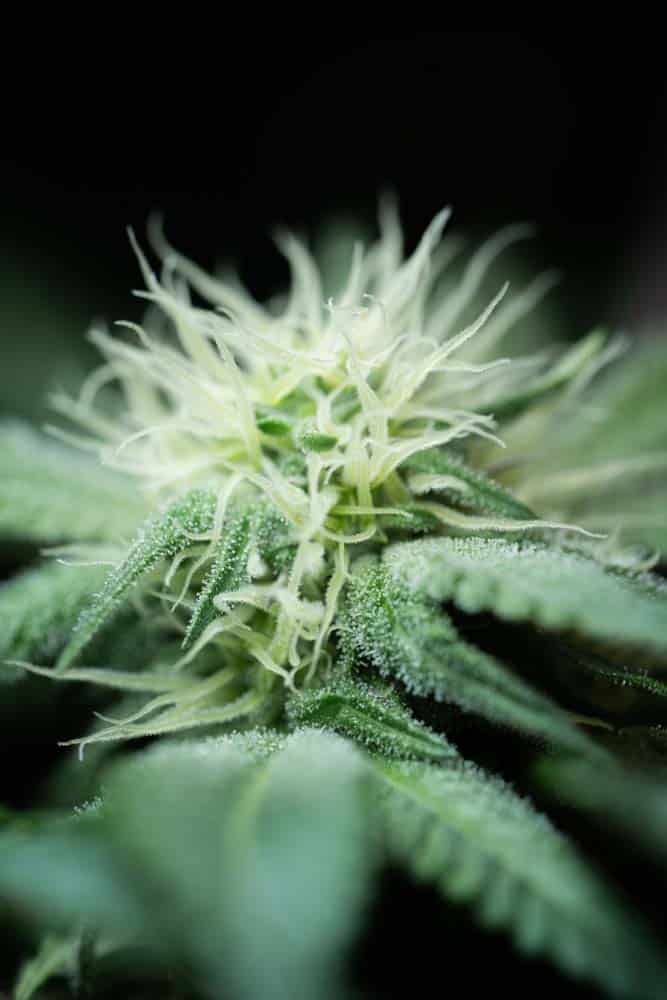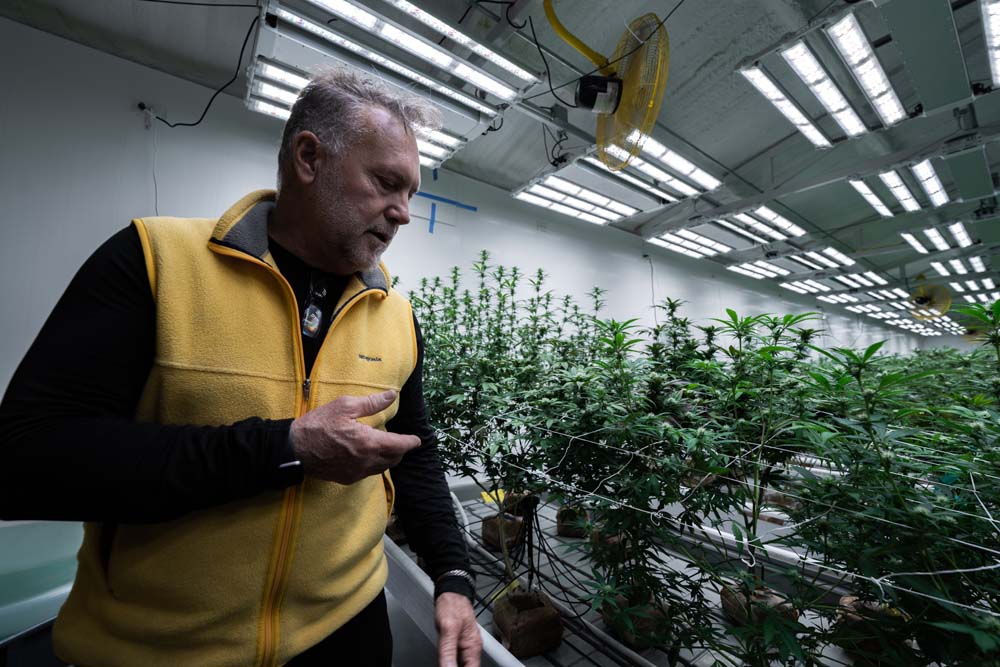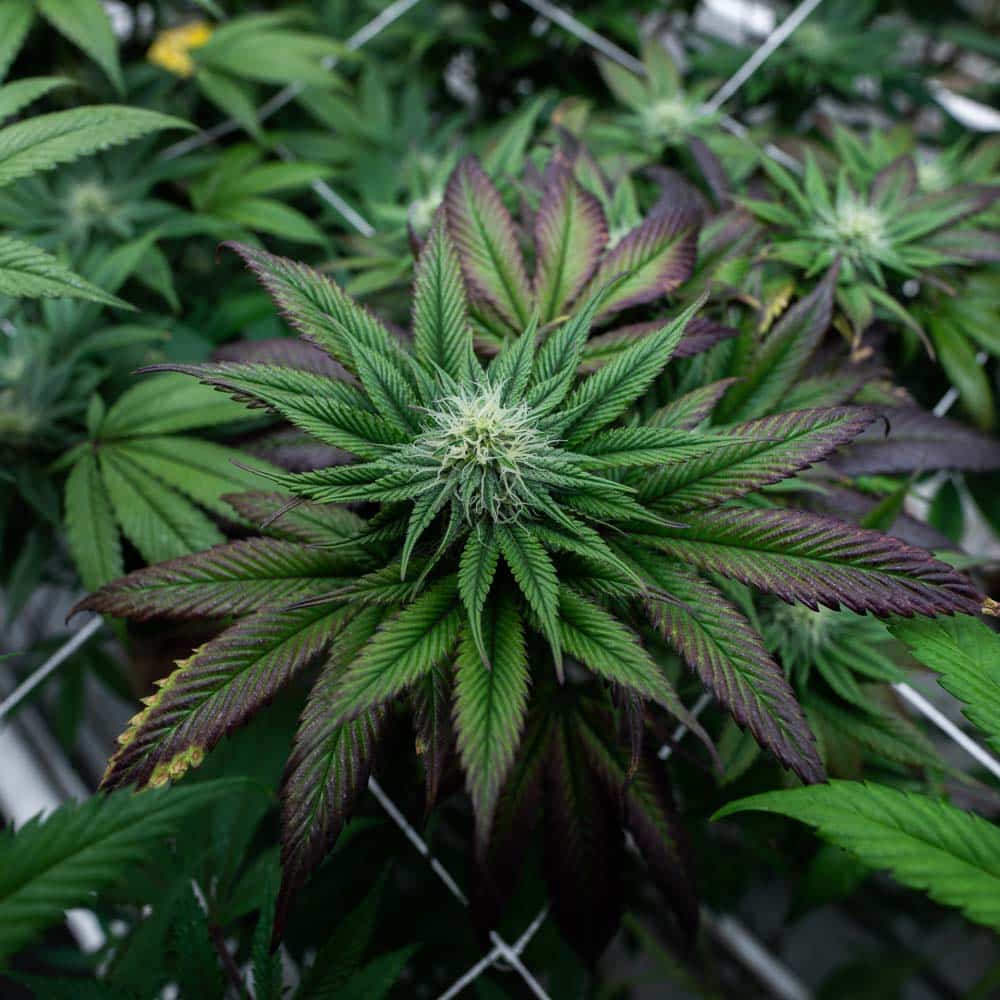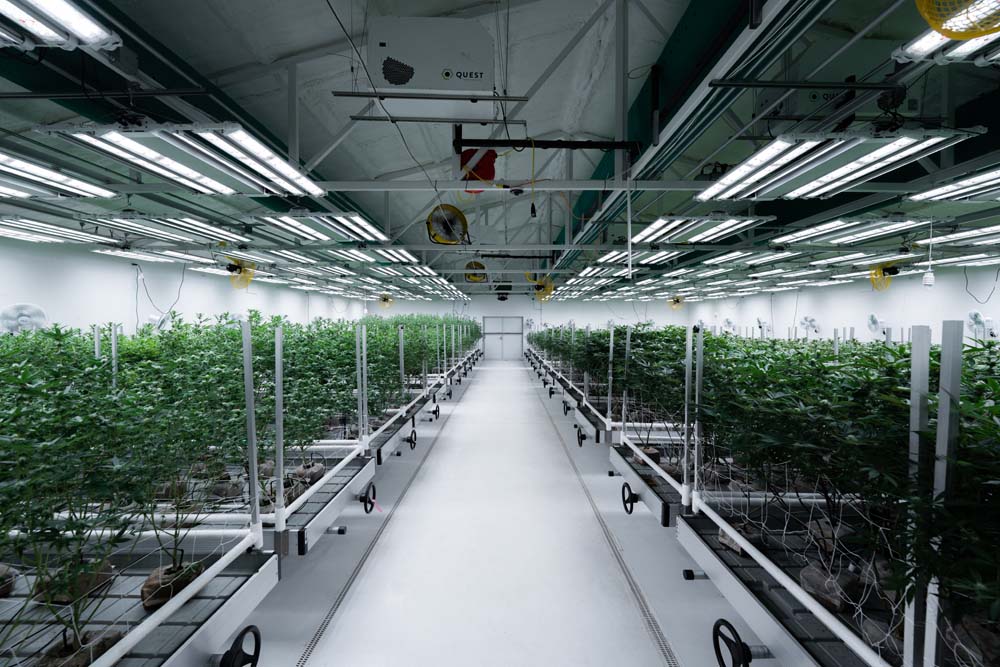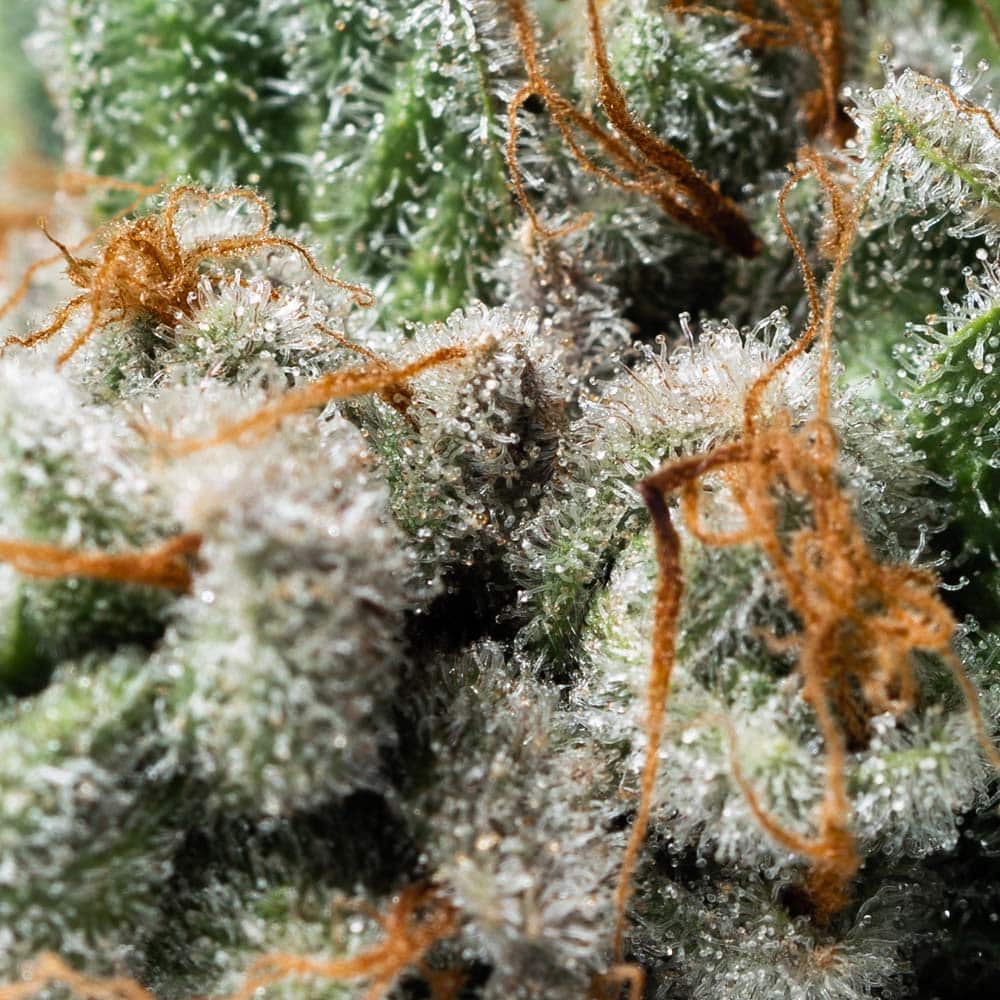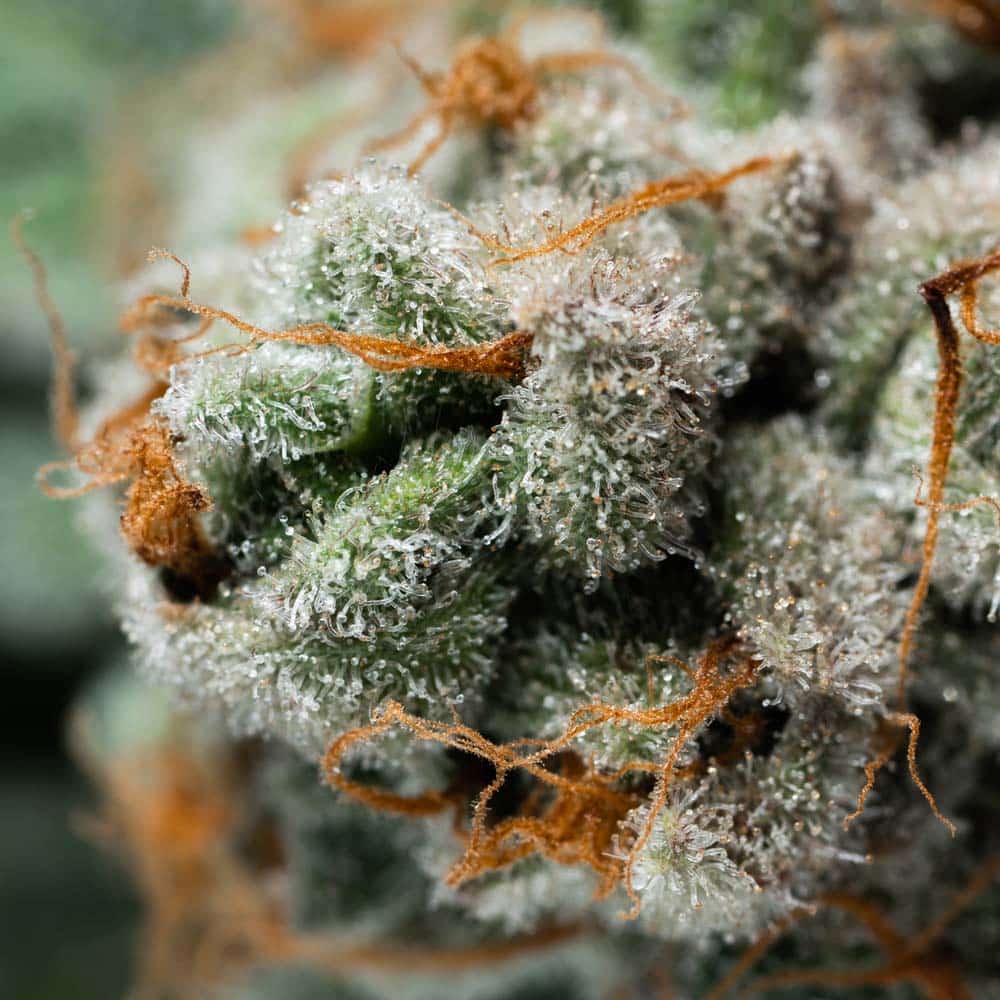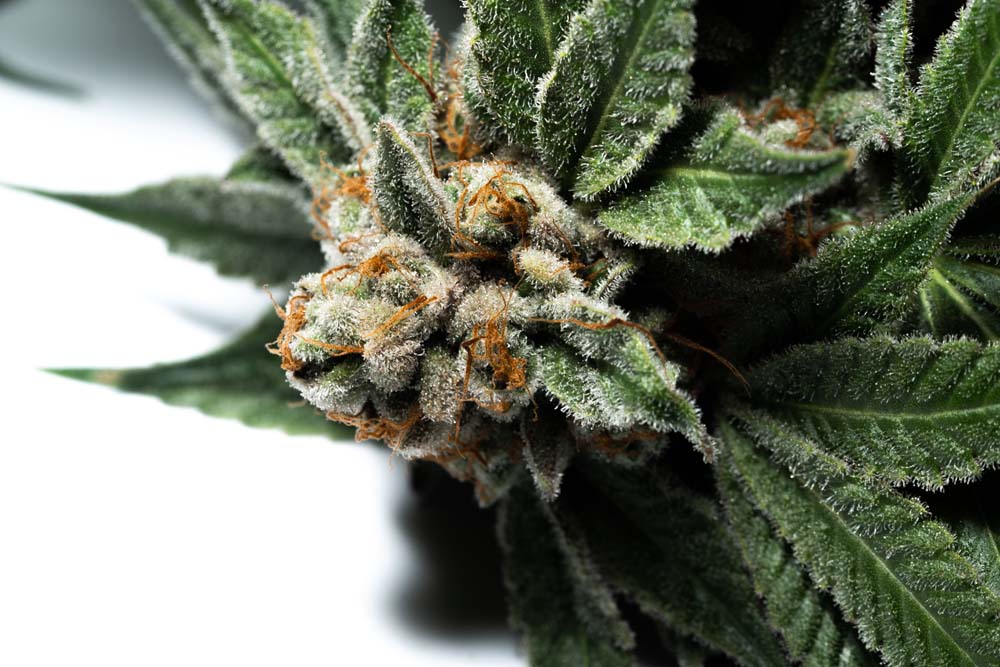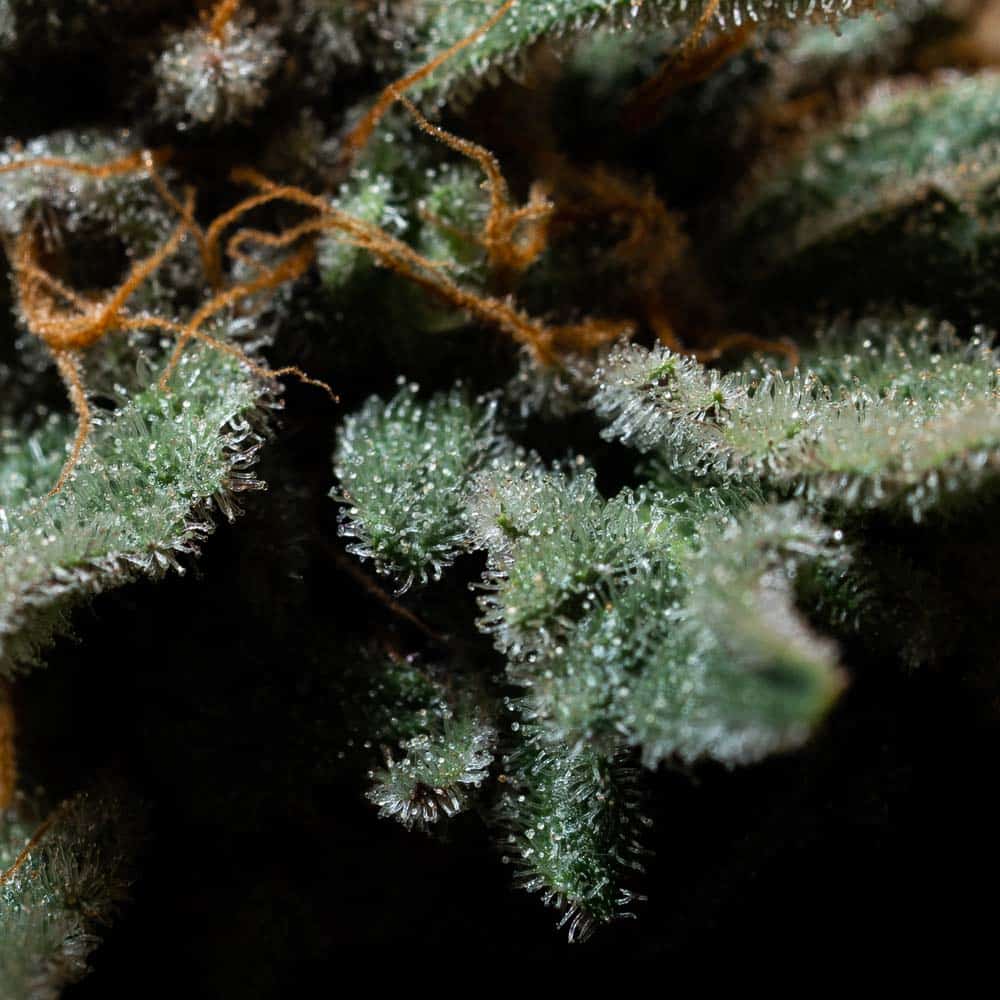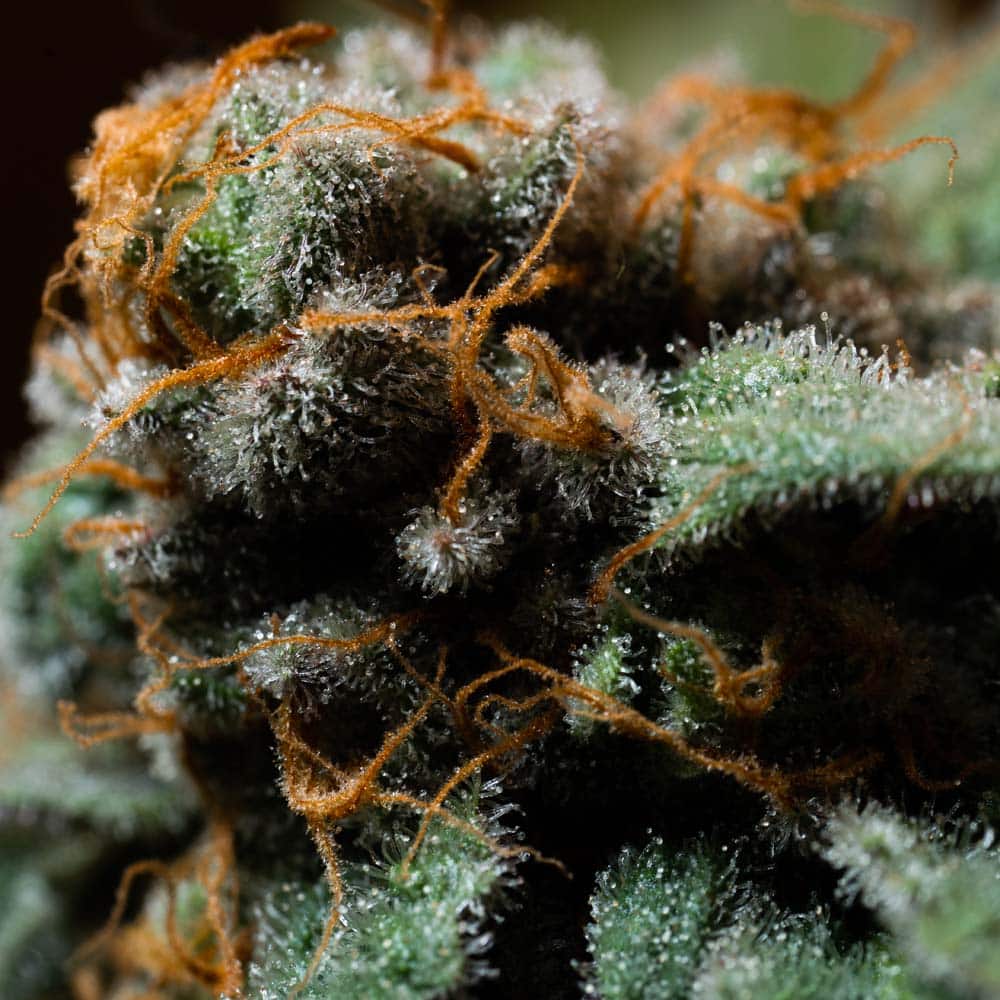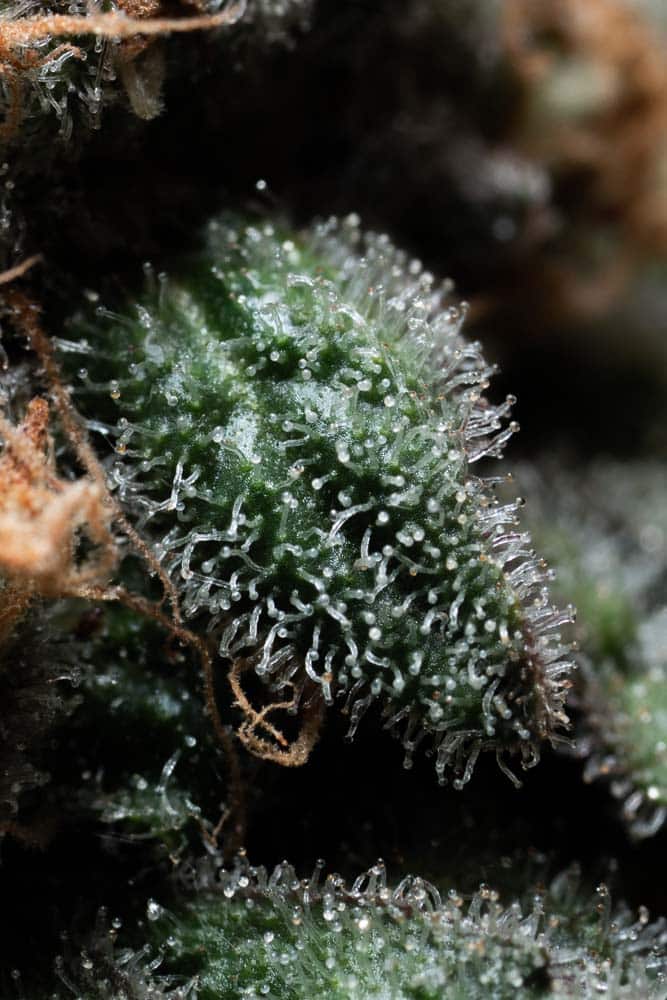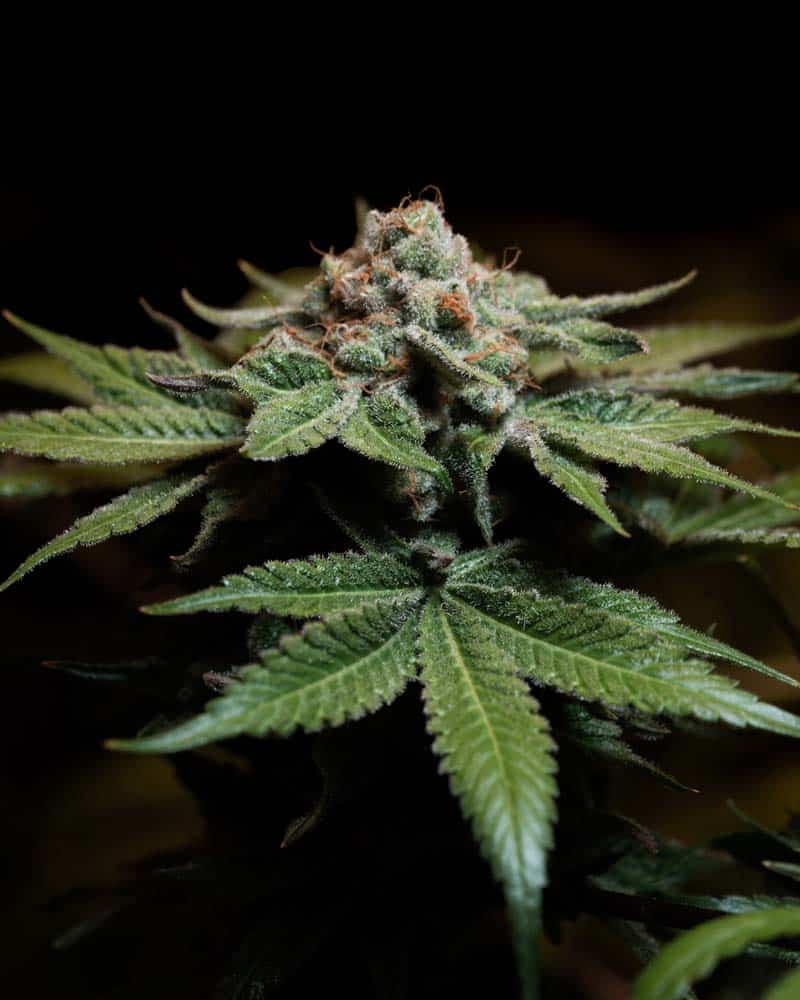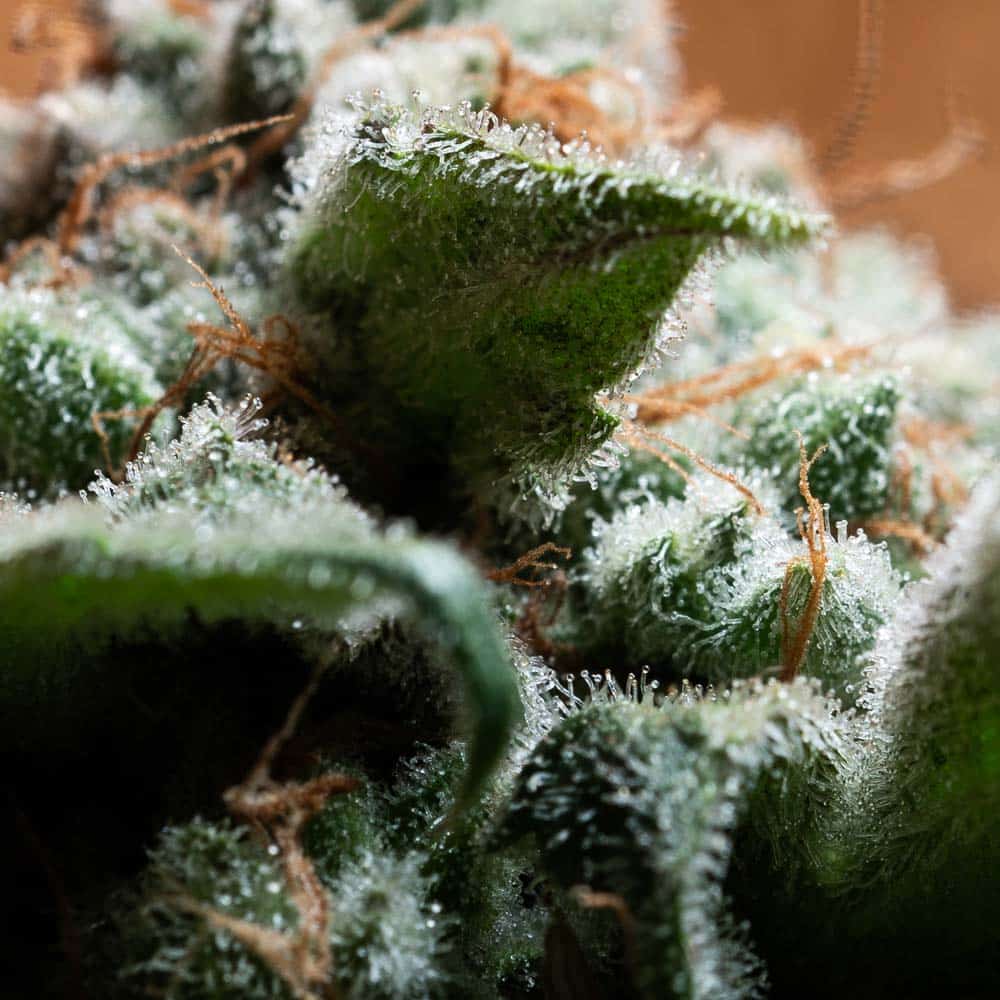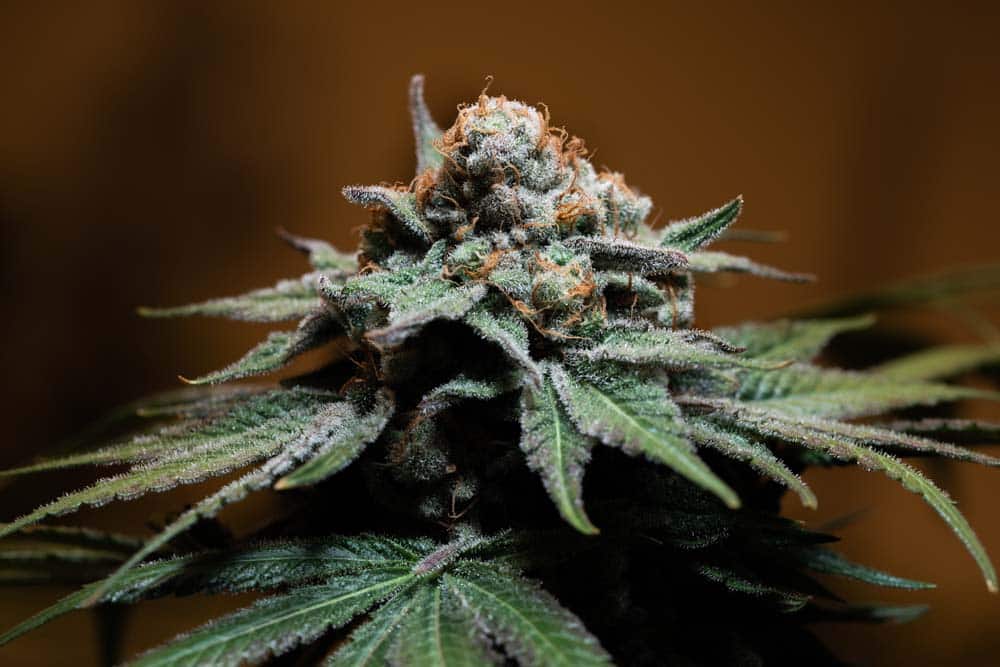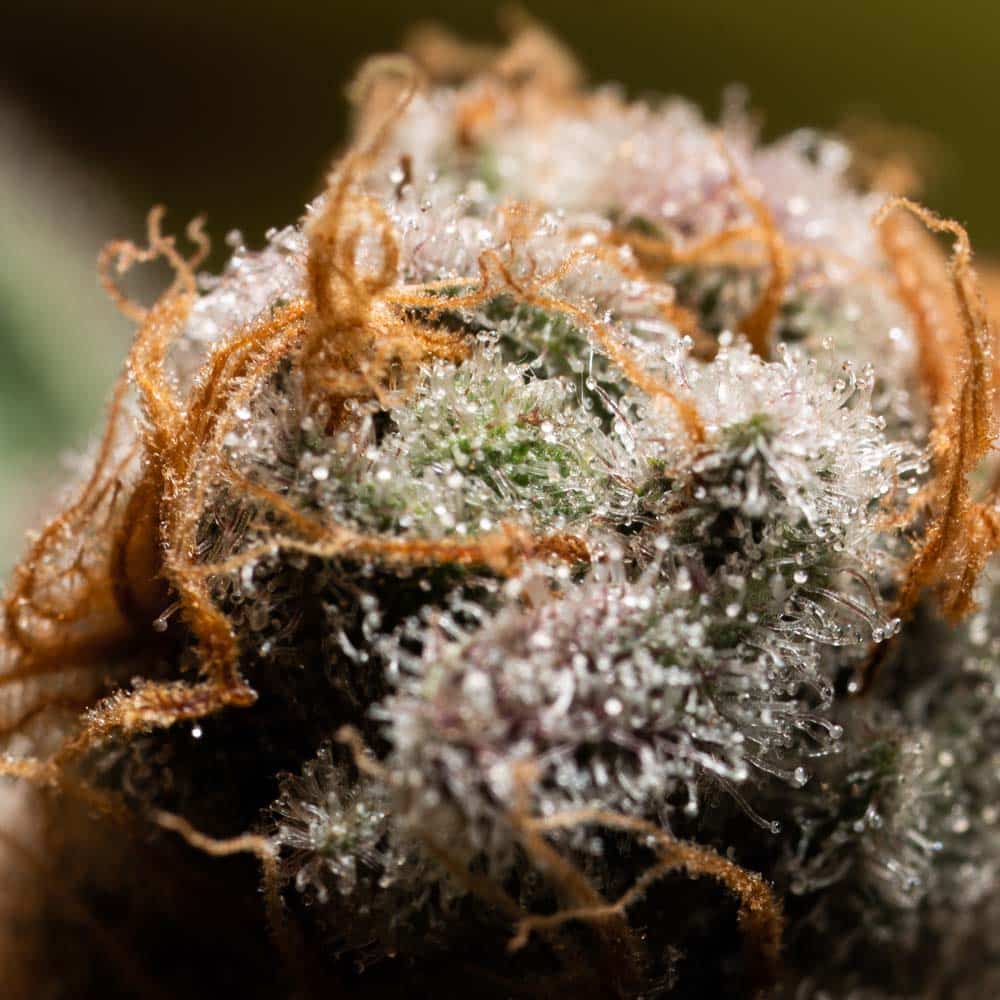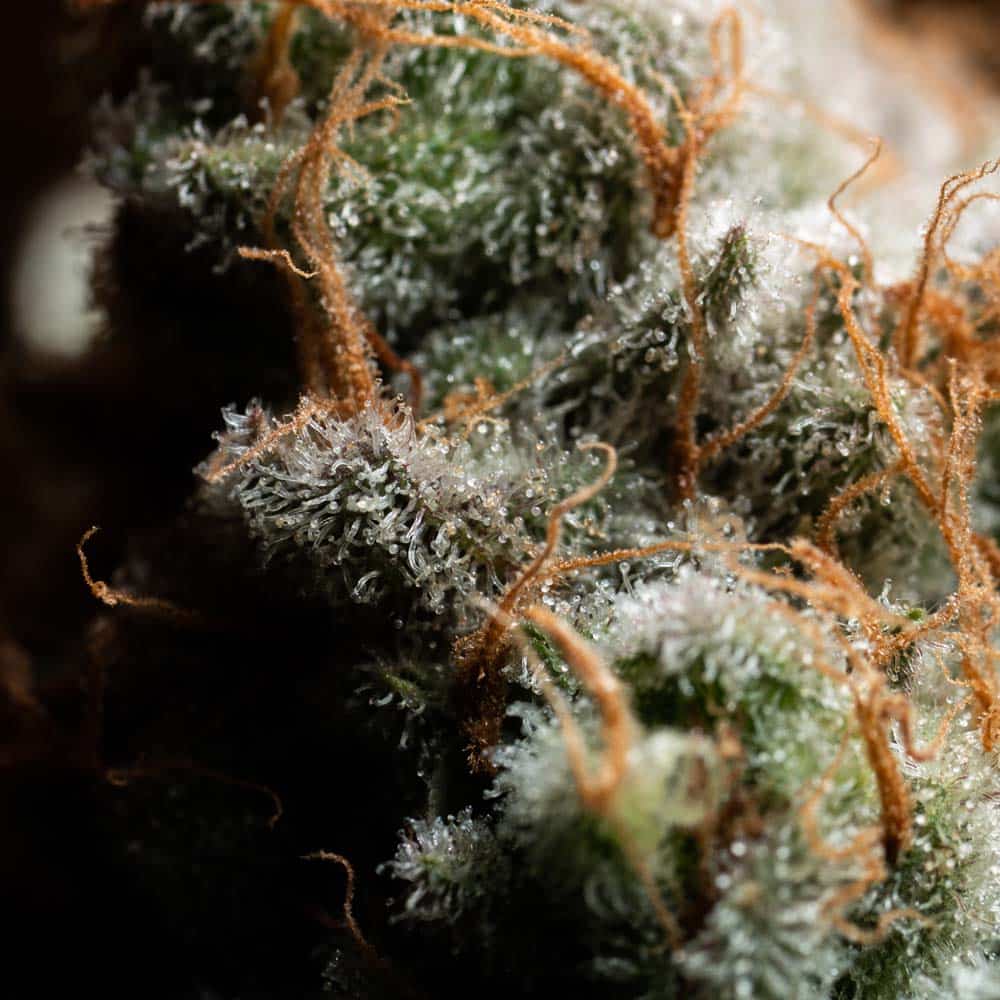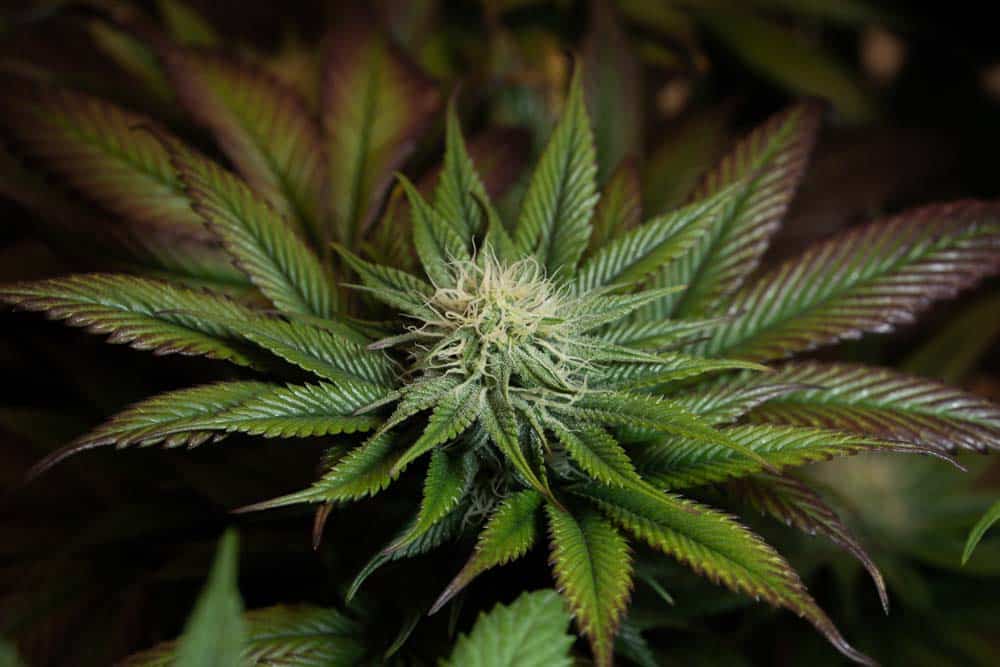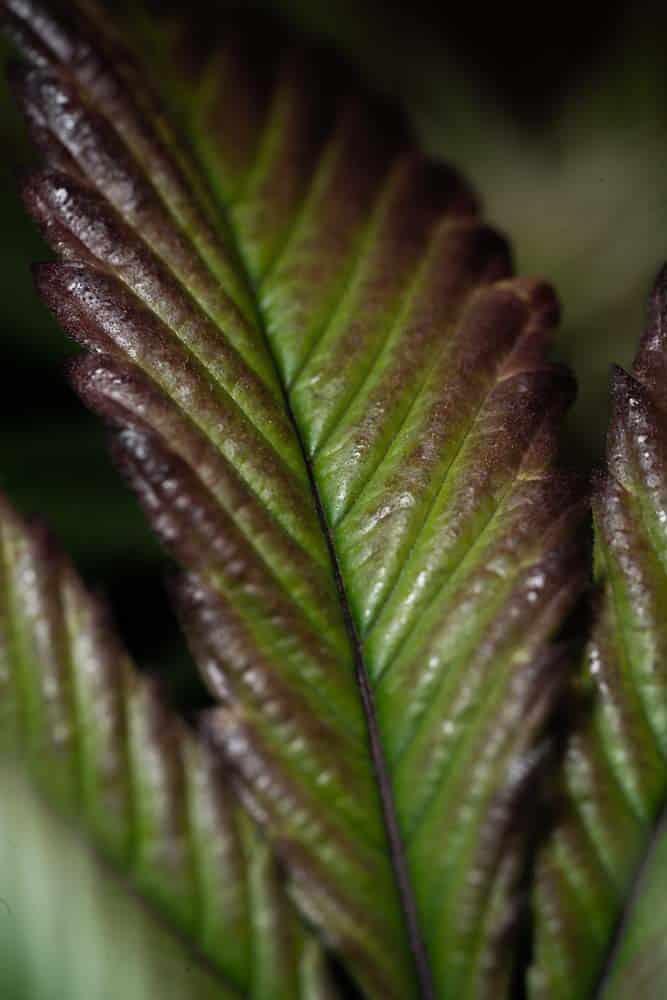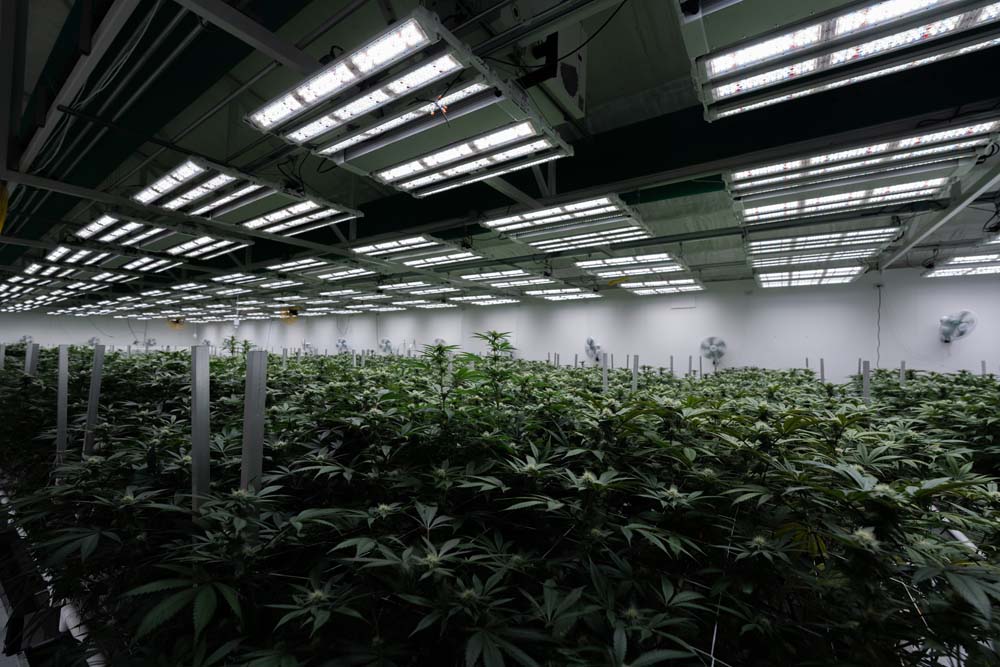The cannabis lighting industry is rife with misinformation about LED myths to confuse buyers into making less than ideal purchases. FOHSE has compiled several myths we have heard many times in order to provide cultivators in our industry with the right information they need to get growing. Learn the benefits of LED lighting and understand the advantages of LED lights to make informed decisions.
Myth #1: LEDs Have Low Output
One common perception in controlled-environment agriculture production is that crop yield response proportionally to increasing LI; i.e., the so-called “1% rule” whereby 1% more PAR equals 1% greater yield (Marcelis et al., 2006). While LED myths might suggest that LED grow lights are less intense than High-Intensity Discharge (HID) systems, this is false.
When FOHSE introduced the A3i Grow Light, LED lighting leaped forward past whatever light level HID was ever capable of achieving. Running at a max of 1500w, more energy than any other LED on the market, the A3i Standard Model is capable of a max PPF of 4,200 µmol/s, almost double what the competition puts out. The advantages of LED lights become clear with such high performance.
Myth #2. You Don’t Need High Powered LEDs
A common myth we hear at FOHSE is that 4,200 µmol/s is too much light for cannabis, and 1500 watts is too much power. This simply isn’t true. First, scientists still haven’t found the point at which cannabis plants will have a diminishing yield. That is, we still don’t know when more light won’t produce larger healthier yields. By increasing CO2, water, and nutrient levels to match the rate of photosynthesis, cannabis plants can grow well beyond what we once thought was their limit, showcasing the benefits of LED lighting.
But, even if you lack the resources to add more CO2 into your grow area, or to keep up with the water demand of highly photosynthetically active plants, features on FOHSE fixtures make sure you can finely tune your light levels to deliver exactly as much light as you want. While the A3i can be run at 1500 watts, controls were added to allow it to be run at specific energy intervals, from 30%-100%, so you could run the light at, say, 1000 watts, which is the ceiling for a lot of our competitors light fixtures, but never be running the light at full power. This extends the purported lifespan of the A3i, meaning that the light can deliver more photons without fading out as fast as the average 1000 watt light would, even while running at the same power.
Myth #3. LEDs are Expensive
One of the biggest myths about LED lighting products is that they are more expensive than HID lights. Start-up costs can seem steep, but many factors lower your overall price for owning and operating an LED light fixture. HPS rooms need additional HVAC to control temperature and humidity, which entails adding other infrastructure to the grow facility, increasing the cost of cooling on every run. LEDs often require little to no extra pieces or additional HVAC systems within a retrofit HID room; they never require bulb replacements. The benefits of LED lighting include their superior efficiency and long life spans, which will ultimately save growers money in the long run. That’s because LEDs don’t burn out but slowly fade over time.
For example, the FOHSE A3i Standard Model starts with a PPF of 4,000 μmol, with select models up to 4,200 μmol, higher than any other light on the market. In 10 years, that will fade to about 3,780, still higher than any of our competitors. After 110,000 hours of use or about 25 years, the fixture’s output will have diminished to 2,940 μmol/s, which is still 40% MORE POWERFUL than a fresh-out-the-box 1000W double-ended HPS bulb. In that time, an HPS owner will have cycled through countless bulbs and still would have never met the output of the A3i.
See what FOHSE clients have to say about working with LEDs:
Myth #4. LEDs are Extremely Fragile
HID systems like high-pressure sodium (HPS) and metal halide (MH) lights can have multiple parts and pieces. Each separate part is a pressure point in which bacteria, dirt, dust, and debris can hide and, as a result, will need to be taken apart and cleaned to prevent the growth of bacteria and mildew. With more parts come more disassembly, reassembly, labor costs, and a higher risk of fracture. (HID lights are hazardous, with mercury etc.)
Leading HID, and HPS manufacturers often outsource manufacturing and white label fixtures without rigorous testing and quality control. FOHSE manufactures in-house with a controlled process that dictates the quality of the final product throughout every stage of its inception – leading to a highly efficient and powerful product that lasts. The A3i flagship fixture has an impressive IP67 rating and can withstand the intense conditions of your grow. FOHSE LEDs are also twice-protected from electrical overload scenarios with surge protectors for electrical failure and lighting strikes. Add on a 5-year conditional warranty, and it’s easier to see LEDs as a guaranteed, long-lasting investment. This showcases the advantages of LED lights in terms of durability and reliability.
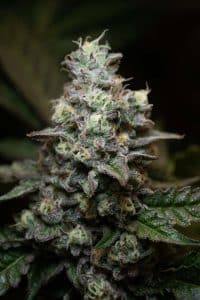
Myth #5. Lensing Reduces Light
Lensing = less photons, higher ppf.
Manufacturers forgo lensing on their diodes in order to achieve a higher level of PPF to the canopy. While they redirect light downwards towards your canopy, lenses also absorb a fraction of light. This means two identical fixtures will have different PPF levels if one has lenses and the other doesn’t. LEDs without lenses may have a higher PPF, however, the light with lenses will redirect more light to the canopy than a lensless fixture would. The measurement of how much light reaches the canopy is PPFD. With lenses, you are guaranteed to see a higher PPFD on your plants than without lenses. That means more light on your canopy, even though you lose a small portion to the lense.
Myth #6. 1000 PPFD is the target for Yield/Potency
Outdated lighting technology has created personal bias and lack of awareness about how light levels affect yield and potency. HPS was the cannabis industry’s first choice for decades, even though it wasn’t invented with cannabis cultivation in mind. Growers have recommended a target light level of 1000 umol for flowering cannabis plants, but we find the ceiling for most HPS fixtures hovers above or below that number.
For years, growers had a reason to get behind HPS fixtures. LED technology wasn’t yet meeting the mark and failing cannabis growers everywhere. But, the new LED technology for modern commercial cannabis cultivation has broken barriers previously thought impossible, highlighting the benefits of LED lighting.
Studies have shown that there is a linear progression in yield through 1800 PPFD, so long as the proper parameters are balanced (think fertigation, EC, CO2, etc.) Keep in mind, however, that some cutlivars aren’t genetically capable of flourishing under high light levels. No matter how balanced your protocol is, some cultivars simply aren’t high yielders under higher PPFD.
Commercial operators are seeing the advantages of rapidly-advancing LED technology. Lume Cannabis made the switch from 1000-watt double-ended HPS systems to utilizing much higher light levels with FOHSE’s flagship A3i. Here are the results:
- 134.5 g/sqft. Of Usable Material
- 20.4% Average Yield Increase
- 47.3% Maximum Yield Increase
- 3% Reduction in Energy
Your cannabis yield can soar beyond the heights of this age-old myth – busting it for good. As long as your growing parameters are balanced to meet the demands of your new higher light levels, the sky is the limit.
In Conclusion
Many myths and misconceptions about LEDs have been debunked over the years, with cultivators seeing the light and discovering the true power and control of making the switch. Discover what growing under uniform light levels can do for your canopy with FOHSE LEDs. Explore the advantages of LED lights and get a free light plan below.

